|
2022 is coming to a close. I’ve heard so many friends of late long for the proverbial “good-old days” when our lives had the backdrop of happiness, and a less stressful existence, or at least the power to make it that way. The New Years holiday of my youth and younger days came with less personal responsibility of course, but capped the "hap, hap, happiest time of the year," and gave us pause to reflect over the past 365 days with admiration of the accomplishments, events, blessings and, most importantly, interactions with fellow humans. Robert Burns’ immortal song “Auld Lang Syne” is synonymous with New Years Eve, as it can be commonly heard at the stroke of midnight. The title translates to "times long past." Believe it or not, this tune was once a popular choice sang or played at funerals as well. It is quite fitting because the song begins by posing a rhetorical question: “Is it right that old times be forgotten?” The answer is generally interpreted as a call to specifically remember long-standing friendships and, in particular, those friends. Alternatively, the word "Should" may be understood to mean "if" (expressing the conditional mood), referring to a possible event or situation. Regardless, in this era of chaotic world events and cancel culture, we frequently chose to forget, villify or discount people, places and happenings. As a professional historian and "memorialization lobbyist," I protest the erasing of the past. We must always remember and take life lessons from past events and those involved. Perhaps as a cemetery employee, it may seem trite to share with you that my favorite quote is one from the German philosopher Friedrich Nietzsche: “What doesn’t kill you, makes you stronger.” Challenges and discomforts should be remembered just as much as triumphs as part of the total human experience. They should stick with us, be learned from and continually inspire us. They can provide support and confidence for future situations, often having the ability to provide answers if we utilize our heads to think critically. We can figure out anything over time. Working in a cemetery, I often hear the term "soul" bantered about, which is defined by Merriam-Webster as "the immaterial essence, animating principle, or actuating cause of an individual life. This is the spiritual principle embodied in human beings, all rational and spiritual beings, or the universe." In layman's terms, your soul is the part of you that consists of your mind, character, thoughts and feelings. Of course from a religious or spiritual bent, many believe that your soul continues existing after your body is dead. This is why the song "Auld Lang Syne" has the power to stir emotions galore, especially on this last day of the year, if you allow yourself to follow its instruction. That in mind, (both literally and figuratively), I am fortunate to research and explore the events and souls of our past through the portal of gravestones resting above the mortal remains of people that lived in "times long past." For this week's story, I decided to look deeper into Frederick's history and former residents as it pertained to our current holiday by exploring the scene through the lens of those living in it "real time." I arbitrarily chose to pick New Years Day, 1873—150 years ago. In a way, we have certainly come so far, and have a tendency to dismiss those situations and people of yesteryear because we have technological advancements those people could likely never have dreamt of. That said, we possess the tools to immediately access the most powerful gift of all, information. However, we seem to think that our smartphone (and its litany of apps and access to the worldwide web) is the key to everything. It is a great help, but we need to keep in mind a way to work without it from time to time. What is paramount is an individual’s brain, and the opportunity in all of us to think critically. This is not only the impetus responsible for creating the universe of gadgets around us, but the key to using said technology and advancements for the best and enlightening purposes to assist in informing and entertaining mankind. People of past times had brains too and could critically think as well, and did not have the crutch of a smartphone in their back pocket to Google any answer they desired. They had ingenuity, a term seldom used, but one I employed to title my college application essay to the University of Delaware back in 1985. Defined as the quality of being cleverly inventive or resourceful, I learned this word, and moreso concept/quality, from my parents, teachers, and friends as those several generations before had done. We also sought answers from these things called books, and if not available, we sought out other human beings that were labeled as “well-read" and knowledgeable. To get a flavor of the year 1872 from a world perspective, read Jules Verne's adventure novel Around the World in Eighty Days as it was published in that particular year. (Note: PBS aired an 8-part series based on this work in in January 2022.) Here are just a few of the "headlines" of that particular year: *February 20 – The Metropolitan Museum of Art opens in New York City. *March 1 – In the United States, Yellowstone National Park (once dubbed "Colter's Hell" after John Colter, of the Lewis and Clark Expedition) is established as the world's first national park. *March 26 – Lone Pine earthquake shakes eastern California in which 27 people are killed and 56 injured. *The magazine Popular Science is first published in the United States. *May 10 – Victoria Woodhull becomes the first woman nominated for President of the United States, although she is a year too young to qualify and does not appear on the ballot. *May 22 – Reconstruction: U.S. President Ulysses S. Grant signs the Amnesty Act of 1872 into law, restoring full civil rights to all but about 500 Confederate sympathizers. *July 4 – The Society of Jesus is pronounced illegal in the German Empire. *September 26 – The first Shriners Temple (called Mecca) is established in New York City. *The Virginia Agricultural and Mechanical College begins its first academic session (the university is later renamed Virginia Tech). *The first case is reported in Toronto, Ontario, Canada, of the Great Epizootic of 1872 (equine influenza, or the "horse flu") which will substantially disrupt life in North America by mid-December. *November 5 Ulysses S. Grant defeats Horace Greeley in the 1872 United States presidential election Women's suffrage: In defiance of the law, American suffragist Susan B. Anthony votes for the first time (on November 18 she is served an arrest warrant, and in the subsequent trial is fined $100, which she never pays). *November 9 – Great Boston Fire of 1872: In Boston, Massachusetts, a large fire begins to burn on Lincoln Street (the 2-day disaster destroys about 65 acres of the city, 776 buildings, much of the financial district and causes $60 million in damage). *November 13 – Claude Monet begins painting Impression, Sunrise (Impression, soleil levant, the painting that will give a name to Impressionism) as viewed from his hotel room at Le Havre in France. *November 29 — American Indian Wars: The Modoc War begins with the Battle of Lost River. *November 30 – The first international Association football match to be recognized (retrospectively) by FIFA as "official" takes place at Hamilton Crescent, Scotland; the result is Scotland 0-0 England. Earlier international football matches had already taken place in 1870, in 1871 and again in 1872 at the Oval, London. *December 21 – Challenger expedition: HMS Challenger (1858) sails from Portsmouth, England, on the 4-year scientific expedition that lays the foundation for the science of oceanography. Interestingly, both presidential candidates had visited Frederick, and particularly the Great Frederick Fair, in previous years. Ulysses S. Grant came in 1868 and 1869. His competitor in the 1872 election was the man who first uttered the famous quote: "Go west young man." This was Horace Greeley, the famed New York Tribune newspaper editor. Greeley delivered the agricultural address in 1871. In addition, it was during this year of 1872 that universal public schools were called for and a few legendary Civil War heroes, with special ties to Frederick, died. One of these was the impetus for our very own National Museum of Civil War Medicine, Dr. Jonathan Letterman, American surgeon, and "father of battlefield medicine" (b. 1824). The other was Gen. George Gordon Meade, who was given charge of the Union's Army of the Potomac at Prospect Hall just days before the Battle of Gettysburg. Both men had traversed the city streets of Frederick a decade earlier. I often get lost in reading old newspapers, something that can be accomplished with a remarkable technological advancement of its time—microfilm. I have to admit that I am also spoiled to have the ability to read old newspapers online with subscription services to historic editions of local newspapers. Perusing vintage papers remains one of the most rewarding pursuits for knowledge, information and entertainment for me, and I feel like a time traveler who, of course, knows the future that these individuals did not know yet at the exact time of publication. Now let's get back to the star of this article, the January 1st edition of the Frederick Examiner newspaper. Here was the editor’s note of good cheer for the new year, as he summed up the past one. The last line of the article states a firm purpose, “one that the gift of a new lease of time will fulfill every duty and for the health, peace and happiness of our fellow beings.” I love that sentiment and wish that for all in the upcoming year. I couldn’t find out what exactly happened at midnight, perhaps church bells were rung? Even though he may have been around then, Dick Clark did not provide a Rockin’ New Year’s Eve because there were no televisions, radio, or Rock ’n’ roll for that matter. Of course, I kid, as Dick Clark was not born until 1929. But I am so thankful that I had him usher in new years for me from 1972 until 2012. I bet Downtown Frederick had revelry, drinking and caroling. Apparently, the town hosted an annual masquerade parade on New Years Day according to an article in the 1873 edition. I’m sure it was a far-cry from Pasadena’s Rose Parade, but it was exclusively Frederick, and that’s all that counts. I wanted to make connections to the cemetery with this exercise, and I found five great ones. As a matter of fact, I soon pictured myself in mind in a terrific vantage point—standing in Mount Olivet’s Area D, up near the Key Memorial Chapel. I have included the map below as a guide because I know most readers don’t see the cemetery like I do as a series of lettered Areas and numbered lots. In the Frederick Examiner on the date in question, I naturally found a few obituaries of Fredericktonians that would be soon buried here. Mind you they didn’t die on January 1st, as this was the January 1st edition published a day earlier due to constraints of the time. The weekly paper did not have the means of including up to the minute obits, and lacked the high-tech publishing and delivery methods as well. Two decedents of that last week of December included William Blake and George Murdoch. Mr. Blake was born August 11th, 1827 and died on December 30th, 1872. William Blake was laid to rest in Area H/Lot 87. Although this is a few hundred yards distance from George Murdoch’s final burial place of Area G/Lot 49, its very close to Murdoch’s first “home” in Mount Olivet as one learns from reading George Murdoch’s obituary in the January 1st Examiner newspaper of 1872. Mr. Murdoch passed on Christmas Day of 1872, but with the ground being too hard to dig because of snow and cold weather, his body would be placed in a new accommodation to the cemetery in 1871—the Public Vault. This building once stood on the fore-mentioned site of the Key Memorial Chapel. This structure kept loved one’s bodies in cold storage until better weather for hand digging as there were no ditch witches and mechanical apparatus at the time to dig graves in the frozen ground. Sometimes, families had to wait until the spring thaw for the proper burial of their decedent in the family lot. The Public Vault slowly lost its importance and necessity in the early 1900s as the cemetery acquired mechanical digging means. This gave way for the construction of a mortuary chapel at the request of cemetery lot-holders who desired the opportunity to have a dignified indoor service on cemetery grounds. You may recall that most wakes of the earlier time period occurred at the decedent’s home, and the undertaker led the funeral procession from there to Mount Olivet where a graveside service occurred. One of those busy undertakers here in Frederick at the time was Clarence Clarendon Carty (1847-1911), who recently opened his business, which also centered on furniture-making, a few years prior. An ad of his appears in the four-page version of the New Year’s Day Examiner. I have documented Mr. Carty’s life in an earlier edition of Stories in Stone. He drove by Mount Olivet’s Public Vault many times each week, delivering bodies to family lots for proper burial. He would die in 1911, just prior to the construction of the Key Chapel, however this structure (as was the Public Vault before) is in plain sight of his grave. He is buried cat-a-corner from the chapel in Area A/Lot 62 between first wife Joanna and second wife, Ann Catherine. Two final comments on the fore-mentioned Public Vault. The basement of today's chapel was the same belonging to the vault. The iron front doors (seen in the earlier image) were kept and still exists as they were re-installed in said basement. The cupola that once adorned the Public Vault was repurposed for the original kiosk, or gazebo, that once stood in between Areas T, U, S. That structure stood from 1915 until the early 1950s. This past year of 2022, we erected and dedicated the Mount Olivet World War I Memorial Gazebo on that very spot within T, U, and S and invite you to visit next time you find yourself in the cemetery. This project was part of the Mount Olivet Preservation and Enhancement Fund, an IRS recognized non-profit charity, and fundraising efforts conducted by our Friends of Mount Olivet membership group. We hope to raise additional funds in 2023 to add three NPS-style, tabletop interpretive exhibits. In addition to the World War I Memorial Gazebo, another great accomplishment for our preservation arm came in the form of an interpretive exhibit at the gravesite of Frederick's legendary diarist Jacob Engelbrecht in Area H. This occurred back in June as part of our annual Flag Day Author's Lecture and can be found not far from the Key Chapel along the central cemetery drive in Area H. Thinking back on this, I wondered what Jacob had to say about New Years Day, 1873 in his legendary journal. This son of a Hessian soldier captured during the American Revolution, kept a journal of Frederick daily events from 1818 up through his death in 1878. He, of all past residents, was certainly familiar with the importance of "Auld Lang Syne," as he actually embodied it! In looking up his entry for January 1st, 1873, I would soon find one of his most poignant and solemn posts: "Death—I have now to record the death of my wife, Eliza Engelbrecht, who died day before yesterday at 5 and 1/4 o'clock PM at the age of 69 years 6 months and 26 days being born June 4, 1803. She was the daughter and oldest child of John and Rebecca Ramsburg who lived near town (about 1 mile due west from the courthouse). We were married "May 29, 1825." So we lived as man & wife for nearly 48 years. But death came at last and I know not when I shall be called away. The Lords work will be done. She was buried this afternoon at 3 o'clock at Mount Olivet Cemetery." Jacob Engelbrecht Wednesday, January 1st, 1873 at 9 and 1/2 o'clock PM. I must confess that I had already been tipped off, however, because I had seen Eliza Engelbrecht’s obituary in the Examiner of January 1st, 1873. As Jacob wrote, she was laid to rest here in Mount Olivet on New Years Day, having died on December 30th. Now, I know that keeping up with my random and rambling nature of leading you through history here in this article could be considered (by some) "like pulling teeth" as the old expression goes. And so said, that is the perfect segue to another advertisement (or two) found in the January 1st Frederick Examiner. Dr. Lloyd T. MacGill, Sr. is buried in Area A/Lot 80, with the Key Chapel is in the background. Dr. MacGill was one of Frederick’s early men of the profession. He graduated from the Baltimore College of Dentistry in 1851 and had a long and successful career spanning 57 years. His office in 1873 was located on the north side of East Church Street, within his home residence across from the mansion of Col. Charles E. Trail (today's Keeney & Basford Funeral Home). MacGill went on to influence other practitioners, including his son, Charles, who followed in his footsteps and took over the operation of his office. 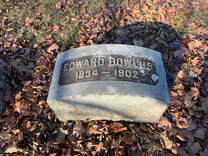 For good nature, I thought I would interject that Dr. Edward Bowlus (1834-1902), whose advertisement was below that of Dr. MacGill, is buried in Mount Olivet too. He can be found in Area Q (Lot 92), even though this fact deviates from my theme of concentrating on people buried within the proximity of our Key Chapel and having their names prominently appear in the newspaper of New Years Day, 1873. Finally, I will wrap up with the news story that fascinated me most from 150 years ago. It has all the imagery of "olde-towne" Frederick in all its seasonal majesty. All you have to do is use your mind to imagine the snow-covered streets, with candles burning in windows and people using the best transportation for the setting—horse drawn sleighs. Let this article set the mood, before I come to my masterful finish. Just like a picture-print from Currier and Ives! I’ve seen a couple of images that help paint the picture of Frederick at that time. We can only imagine "Oh what fun, it was to ride in a one-horse open sleigh" through the streets of town. A brilliant photograph from Frederick's "sleigh ride" past can be found on page 96 of Gorsline, Whitmore and Cannon's Pictorial History of Frederick (originally published in 1995). This photograph was taken by noted photographer J. Davis Byerly and was provided by Mrs. Frank Kelly for the book. The caption below reads: "Church Street sleigh ride, circa 1893. Sebastian G. Cockey, at the reins, pauses for photographer J. Davis Byerly in front of the Methodist Episcopal church on the first block of East Church street. Son Sprigg Cockey and daughter Miss Nannie (later Mrs. John Brosius) join Cockey for the winter's day ride. (Note: the former church site is the home of a parking deck, and the first rowhouse in the background is the former Frederick Visitor's Center, and today's headquarters for the Frederick Downtown Partnership.) Mr. Sebastian G. Cockey (the white-bearded man to the left in photo) was a farmer who, in 1873, resided at Evergreen Point directly south of Frederick City and Mount Olivet. His farm is denoted by his name (S. G. Cockey) on the 1873 Titus Atlas Map. Mr. Cockey lists his profession as farmer in the census, but I found that he also served as Frederick County's Register of Wills from 1867-1873. Sebastian Graff Cockey was born in 1811 and was one-time owner of the Landon House in Urbana during the American Civil War. A merchant at the time, Mr. Cockey hosted Jeb Stuart's famous Sabers & Roses Ball on September 8th, 1862. I only figured this out thanks to my unusual memory and love of local history, just now remembering standing in line in my younger years of the 1990s at the Frederick County National Bank branch on Rosemont Avenue. On the wall was a print by artist Dale Gallon which depicted the ball and was titled "Sabers & Roses." This beautiful illustration (published in 1989) captured my imagination and I almost bought a copy for myself. The caption Mr. Gallon included under the scene was as follows: "Urbana, MD, September 8, 1862 – After saying goodbye to Anne Cockey at a ball in Urbana, MD, on Sept. 8, 1862, J.E.B. Stuart and his men attack and drive off nearby Yankee raiders." Sebastian G. and both (grown) children pictured above during the sleigh ride are buried in the family plot in Mount Olivet's Area G/Lot 128. I question the date of the Byerly photograph being 1893 for the sole reason that Mr. Cockey died in 1888, and son Sprigg died in 1892. Sufficed to say, the photograph above had to be taken in the 1880s. However, thanks to my brain, memory, writing this story, and previous knowledge/research of Frederick history, I venture to say that the young debutante drawn by Mr. Gallon (talking to Gen. J.E.B. Stuart) was none other than Miss Nannie Cockey in the back seat of the sleigh. Born May 15, 1846, Nannie's given name was Ann Worthington Dorsey Cockey. She would later marry John Brosius, but likely never forgot dancing with the legendary Confederate cavalry commander. Talk about "Auld Lang Syne!" (NOTE: Here is a link to read more about the print and 1862 "Sabers & Roses Ball" event ) All of us familiar with hills and sledding understand the thrill that can be had with help from gravity to increase speed potential. Of course, horses aren’t involved. What about those horses traveling down hills in slick conditions with ice and snow road cover? I’m sure that was a dicey situation that required great command and patience by drivers. Another challenge came in navigating hills from bottom to top. I think immediately of parts of Bentz Street, South Street, and, most of all, South Market Street. This major thoroughfare was the main route in and out of Frederick and part of the Old Georgetown Pike. The Cockeys and others would navigate their sleighs up and down “Cemetery Hill,” denoting the incline from the intersection of South and South Market Street, up past the Barracks/Maryland School for the Deaf sight, and terminating at Mount Olivet’s front gate as the apex. And yes, Mount Olivet can boast the highest elevation in Downtown Frederick. Sledding has never been advised (let alone allowed) in Mount Olivet with obstacles that (if hit) could place you here permanently. However, I'm assuming that traversing a snow-covered South Market Street could have been a thrill, or a terror depending on your perspective. Our Frederick Examiner newspaper of January 1st, 1873 includes one of the latter, but thankfully no one wound up in the cemetery. Well, not until years later for the individuals involved. Mr. John Myers is by all accounts John Myers III, born 1798 in Taneytown. I simply found him in the 1880 Census living as a widower with his son James and family on North Market Street. His background seems to have been farming. Mr. Myers would die 11 years after the sleigh ride mishap in 1884, while staying in Washington, DC. He is buried in Area A/Lot 14, basically 20 yards equidistant from Dr. MacGill and undertaker C. C. Carty. Mr. Myers' esteemed partner in this two-horse sleigh mishap, Horace Clarke, was the son of Col. James C. Clarke who we have wrote about on many occasions as a transportation giant. Col. Clarke is the namesake of Frederick’s Clarke Place, located nearby conveniently off South Market on what could also be technically considered the unofficial, geographical landform of Cemetery Hill. Interestingly, Horace Woodward Clarke would take up residence on this prestigious street which opened a few decades after the sleigh accident in the 1890s. Born on September 27th, 1855, Horace was a native of Baltimore and lived in various parts of the country where his father served as president of major railroads. These included Chicago, New Orleans and Mobile, Alabama. He lived at 16 Clarke Place, and many may have heard of stories of the road being among the first in town paved with cobblestones. Not wanting to hear the clackety-clack of horse hoofs leading milk wagons down this street, gates were put up on both ends. I presume this also thwarted sleigh traffic as well. With the advent of automobiles at the turn of the century, sleighs faded from sight—kept alive in our imagination through those songs we have heard once again a thousand times over the last 4 weeks and suddenly disappearing for the next 11 months as they always do. Horace Clarke died on November 1st, 1912. He would be buried next to his parents on their family plot next to the Key Chapel and known as the Clarke Circle. Years before, this private lot was obtained for the burial of Col. Clarke in December of 1902. Mrs. Susan (Shafer) Clarke had died in 1892 and was re-interred to her native town from a cemetery in Mobile. The Clarke Circle grave plot was built adjacent the Public Vault and boasts a beautiful obelisk. Outside Myers and Clarke, another individual’s name appears in connection to the ill-fated Sleigh Ride of New Years 1873. Edward Sinn (1819-1902), is only yards away from all these folks, residing in Area H/173. The article states that a team of four horses parked in front of Sinn’s Livery could have been a cause of the sleigh accident, and thankfully these horses didn’t break free to cause additional pandemonium in Downtown Frederick that fateful night. I swear to God, that the instrumental Muzak version of “Sleigh Ride” is playing on our mausoleum sound system as I write this last paragraph here on Thursday, December 29th at exactly 5:45pm . Unfortunately, those surrounding me cannot attest to my claim, but I just took some A/V proof with one of those newfound technologies that we are so fortunate to have on the advent of 2023. (see video at end as it is video of the Mausoleum atrium...sorry about the fountain) No sleigh rides for anybody in Frederick this past December. The New Years holiday is a little too mild for snow as it brought rain on New Years Eve. However, we sure felt Arctic cold temperatures a week prior. Happy New Year to you all, and thank you for continued support of our ongoing preservation efforts at Mount Olivet which includes these Stories in Stone, gravestone repair and cleanings, Veteran events such as flag-planting for Memorial Day and Veterans Day and Wreaths Across America, and continued remembrance of those buried here through lectures, walking tours and visitation. "Auld Lang Syne"....join us in remembering the people and events of the past, the true essence of cemeteries and memorial grounds.
3 Comments
I sit here in my office back at the mausoleum building contemplating the event that just happened--Wreaths Across America 2022. With the assistance of an estimated 600 volunteer participants, we placed wreaths on the graves of 4,383 veterans buried here in Mount Olivet Cemetery. I’m still surprised that we gained the necessary sponsorship to cover all of our “eligible” vets. When I say eligible, I mean gravesites able to accept wreaths because we have many veterans that are buried in settings that don't accommodate a live evergreen. We have 134 former military personnel either entombed, or inurned, within our three mausoleum buildings. In this instance we have placed a wreath on a stand outside each building to honor the sum within. Meanwhile, 408 Confederate soldiers are buried within a mass grave at the end of Confederate Row. One wreath now marks this spot, while 306 wreaths were placed on the upright graves of Southern soldiers who died in Frederick during the American Civil War and were brought here. A year of wreath sales, months of planning, events such as the Veterans Day flag-planting, and recent weeks/days of section vet counts, ceremony choreography and chaperone assignments have all culminated in an enjoyable event. We also had sunshine for the first time too! Most importantly, we honored our veterans for a third major time in 2022 following our annual Memorial Day and Veterans Day exercises. It happened in a flash, it always does, and I’ve been hard-pressed to capture the true magic with images on a smartphone. The smiles on our participant’s faces say so much, but I can only imagine what those “resting” veterans, themselves, would think, along with their respective families?—thoughts of seeing complete strangers decorating graves— years, decades, and in some cases, centuries after their deaths. We were not alone in performing this activity. As many know, Wreaths Across America originated at Arlington National Cemetery down the road, and happened simultaneously at over 3,400 additional locations throughout the United States, and at sea and abroad. Like ours, each site boasts a host of dedicated volunteers and wreath sponsors celebrating WAA’s mission of Remembering, Honoring and Teaching through the placement of special wreaths on veteran graves.  As emcee of this event each of the last five years, I have the opportunity to infuse a little “veteran history” each year as part of my welcome and opening remarks. In case you are curious, here is a synopsis of what I said after introducing myself this go around and asking the audience to indulge me as I give a brief cemetery geography and history lesson. I began by pointing out cardinal direction points from our vantage point of Mount Olivet’s World War II Memorial in Area EE, dedicated on Memorial Day, 1948. “Mount Olivet is no stranger to patriotism and US military history as our most recognized resident is the “pop star” of the War of 1812—Francis Scott Key. He was also a veteran of that conflict, fighting at the Battle of Bladensburg, but is known more for his song-writing than military prowess. By geographic terms, he is our northernmost star, both literally and figuratively, as his grave is just inside our front gate entrance. Not far away, in Area G, lies Francis Scott Key’s father, Capt. John Ross Key. He was a participant of the American Revolution, and a friend to George Washington. We have several soldiers associated with both wars of independence from Great Britain buried in our historic sections to the north of where we stand here. This is also what we refer to as the historic, or original part of the cemetery. In the distance, to our northwest, take note of the Maryland flag fluttering in the wind. That’s the burial site of our first-elected state governor, Thomas Johnson, Jr., located on Area MM. He, too, participated in the American Revolution and led troops in battle before being recalled to serve as a governor. You will be placing wreaths on their graves, along with other veterans of the patriots of 1776 and the defenders of 1812. Nearby is another flag flying over the grave of Whittier’s heroine Barbara Fritichie. She eye-witnessed both the American Revolution and War of 1812, and likely met both TJ and FSK in real life, or at least saw them on the streets of Frederick. Dame Fritchie was in her early 80s during another conflict, the Mexican War of the late 1840s, and some of you will be decorating their graves today. Ms. Fritchie is best known for her “participation” in the American Civil War. No, she didn’t wield a weapon, but did wave a flag at the enemy, or so they say. The flag flying over her grave now waves within sight of hundreds of Civil War veterans, both Union and Confederate. Confederate Row itself contains over 700 that died during the war, and there are plenty here from both sides that survived the war, but would be interred here later. One known Civil War combatant went on to serve in the “wild west” with the United States Second Cavalry. His name was George Late Tyler, and he primarily served in the Montana Territory in the 1870s at such places as Fort Ellis and later Camp Custer. When you decorate his grave, take notice of his beautiful marble monument in Area E, complete with hand-sculpted military uniform accoutrements such as a helmet, sword, belt, spurs and riding gloves. In Area P, one of you will have the privilege to honor Jesse C. Claggett, Maryland’s only “Rough Rider.” Private Claggett rode under Col. Teddy Roosevelt, and stormed San Juan Heights with the future president in the summer of 1898 during the Spanish-American War. In the cemetery’s midsection, also within sight from our vantage point here, many of you will decorate graves of World War I veterans buried in areas S, T, U, AA and LL. They surround our newly constructed WWI Gazebo and Never Forget Garden which honors not only those who participated in what was commonly called “The Great War,” but also all prisoners of war and missing in actions. We just dedicated this in late October and have an upcoming goal of more fundraising in an effort to add interpretive panels to this site in an effort to tell more of these World War I veteran stories. 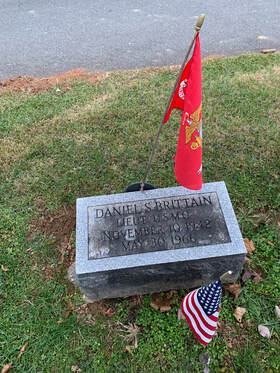 We find ourselves here in Area EE and most of you are standing in Area CC. These, and surrounding cemetery areas to our south, possess tremendous numbers of men and women who participated in our military branches throughout the 20th century, including World War II and the Korean War. To the west, going back toward our mausoleum complex is what we call our new, or modern, sections. You will find yet more WWII and Korean War era vets, but also those men and women who participated in military service up through present day. This also includes events such as the Vietnam War and conflicts in the Persian Gulf and Middle East. Speaking particularly of Vietnam, one of you will have the honor of decorating the grave of Lt. Daniel S. Brittain, a Frederick High graduate turned Marine. Lt. Brittain has the unfortunate distinction of being Frederick City’s first casualty of the Vietnam War. He breathed his last breath in that far-off country. Daniel S. Brittain was killed in the Danang Province on, of all days, Memorial Day 1966. He is buried in a family lot in Area AA, along the central drive through the cemetery. Interestingly, buried in the lot next lot over (and along the road) is famed fashion designer Claire McCardell, a revolutionary in her own right, who was recently honored with a statue on Carroll Creek. Every veteran here in Mount Olivet, and every cemetery in this country and abroad, has a “life story.” They say you die two deaths. The first is when the physical body shuts down, and it no longer ceases to work. We are all familiar with that. However, the true “death knell” is when we are forgotten—nobody remembers our name anymore, or what we did—no one visits our grave anymore. Based on this secondary “cause of death,” each of you possesses the unique opportunity to bring the memory of over 4,300 people, veterans, back to life today. You will be saying their name before placing a wreath on their gravesite. Take note of that name, remember that name, at least throughout the rest of today and the weekend, perhaps even longer.” As I said earlier, wreaths were distributed and placed in a diligent, efficient and reverent manner here today. It was again a humbling experience and quite a sight to see. I’ve tried to include many visuals for you, the reader, in this particular blog for that very reason. I encourage you to make a trip to the cemetery in the next week (if you are able) in an to see the “wreath coverage.” It ranks up there with three other visual spectacles involving our historic, garden cemetery, but dictated by seasonality. Mount Olivet when spring has sprung, Mount Olivet draped in fall foliage and Mount Olivet after a snowfall. Apart from the wreaths of honor associated with the Wreaths Across America program, Mount Olivet is also decorated for the holidays at this particular time of year. Relatives make annual pilgrimages to give their loved one’s a “festive holiday feel.” This also happens at Easter, and in some cases, Halloween and Thanksgiving as well. The psychological underpinnings of this practice are rooted in the fact that the activity of grave decorating provides a great way to combat grief at these special and emotional times of the year. The gesture represents perhaps a form of “gift-giving” to a decedent by a grateful family. Outside of religious connotations, isn’t the key to the holidays at this time of year (Thanksgiving, Hanukkah, Christmas, and New Years) to remember others and count one’s many blessings among challenges? Our cemetery staff decorates our mausoleum buildings with Christmas trees, which afford family members to place ornaments in memory of loved ones who are inurned in these spaces. Christmas decorations can be found everywhere on the grounds—courtesy of others. Some are very tastefully done, while some are a bit tacky to my taste—but to each their own. Cemeteries house the deceased, but exist for the living. It’s all about remembrance and keeping “their” spirits alive. This past week, one such gravesite has continued to weigh heavy on my mind due to its unique overlap of both fashions of cemetery decorating—veteran and holiday. That place is the grave of the fore-mentioned Daniel S. Brittain, U.S. casualty of the Vietnam War. This is what gave me cause to specifically include him in my opening ceremony remarks as I had originally intended just to talk about our new World War I Gazebo and the cemetery’s historic section veterans who have not received wreath coverage in previous years because of not having enough wreaths. (Note: In past years, we made the decision to concentrate our available wreath inventory on the newer veterans, and respective sections, on the middle, south and modern segments of Mount Olivet.) The Dutrow/Brittain family plot in Area LL (Lot 97), where Lt. Brittain is buried, is a site to behold. Two pine trees are a permanent part of the endowment for this lot. Lt. Brittain’s individual gravesite usually dons the Marine Corps flag, and an American flag year-round, but now has a small “Christmas” tree placed next to his elevated ground marker, trimmed in Marine Corps colors. A few feet behind, one can find a custom-made wreath on a stand, boasting smaller versions of both the fore-mentioned flags, and a laminated attachment resembling a bookmark. On its face is a pencil-drawn image of Daniel S. Brittain, with a poem typed out below. I was inspired to search for any information I could find on this young veteran, struck down in the prime of life—he was only 23 years of age when brought to the grave in May of 1966. This was only eight months before my birth in January of 1967. Lt. Daniel Spencer Brittain It is interesting to note that a veteran who died on Memorial Day, was born just one day previous to Veterans Day. That event took place on November 10th, 1942 for parents Warner Lloyd “Mike” Brittain and his wife Dorothy (Dutrow). The front page of the local paper included news of conflict and activity associated with the Second World War. In this same newspaper, I discovered an article talking about an upcoming dance that was being presented as a fundraiser for much needed war bonds. Warner Brittain was the chairperson. Mr. Brittain was a native of Pittsburgh, PA and had come to Frederick, presumably for work. In a case of “chicken or the egg,” I’m not sure if love provided employment, or employment provided love. You see, Lloyd Brittain worked as a provisions manager for Frederick County Products, Inc., a firm operated by President and General Manager Daniel T. Dutrow—Dorothy’s father. Warner and Dorothy married in 1940, and from what I can tell, lived with Dorothy’s parents at 27 Rosemont Avenue at the time of our subject Daniel’s birth. I saw this address associated with Warner’s WWII draft registration and a Frederick residential directory from 1946. In the 1950 US Census, the extended family of three generations lived on Fairview Avenue. Daniel and his parents and three brothers would eventually move to East Patrick Street. Young Daniel attended local schools. I know for a fact that he attended Frederick High School as I found his class picture on Ancestry.com. I strongly assume that Parkway was his elementary school. It hits home a bit because I currently live in a nearby neighborhood, and my son went to grade-school at Parkway. Daniel also attended Mercersburg Academy in Pennsylvania prior to high school graduation. This is what likely led to his acceptance into a collegiate Marine Corps training program. This would occur at Oklahoma State University in Stillwater, OK. Brittain graduated in 1965 and immediately embarked on his career in that particular military branch. Tragically, it would be cut short the following spring. A joyous life moment, however, took place in early 1966. Daniel Brittain was married to the former Barbara Strayer of York, Pennsylvania. The couple had been engaged since 1963, having met here in Frederick where Barbara was attending Hood College. I found newspaper clippings of both engagement and marriage events in papers associated with Frederick and Miss Strayer’s Keystone State hometown. Second Lieutenant Daniel S. Brittain served with Company C, 1st Battalion, 9th Marine Regiment, 3rd Marine Division, Third Marine Amphibious Force. On the 30th day of May, 1966, his unit was taking part in heightened action in the hill country southwest of Da Nang in the Quang Nam Province. His obituary reported that he died of gunshot wounds to his chest. As I said in my remarks, Lt. Brittain was the first Frederick man killed during the Vietnam War. The newspapers carried his obituary on June 2nd, and subsequent articles in later days provide more context to his body’s return home, and funeral services. An additional sadness associated with this death came with the obituary stating that Lt. Brittain had a daughter, Catherine Virginia, born just one month earlier. This must have been an incredible inspiration for Lt. Brittain while in the midst of duty to God and country amidst the warfare in eastern Asia. Lt. Daniel S. Brittain was laid to rest on the Dutrow family lot, originally bought for his maternal grandmother, Emma M. (Spencer) Dutrow. The businessman/grandfather for whom Daniel was named, would join Emma and Lt. Brittain here three years later in 1969. Brittain’s father would pass in 2000. I will include the obituaries of Daniel Dutrow and Warner L. “Mike” Brittain’s obituaries at the end of this article because they give context to the family and community service that this brave Marine hailed from. During my earlier days at Frederick Cablevision’s Cable 10, I recall meeting “Mike” Brittain on a few occasions. More so, I remember Lt. Brittain’s young bride Barbara, a beautiful woman who appeared as a guest on some of our local television programs representing Families Plus, a local non-profit group of which she served as director. I assume the custom wreath with the poem is the work of Barbara, Catherine and subsequent grandchildren and family members. My hope is that they will see this “Story in Stone” one day and add information and memories about Daniel in Comment Section below as a lasting online tribute to this former Frederick native and everlasting hometown hero the likes of Key, Johnson, Fritchie, and McCardell in the next lot over. I envy the participant who had the honor to place the Wreaths Across America wreath on Lt. Brittain’s gravesite yesterday. So much so, that later in the day, I took the wreath off, walked about 20 feet away, and then re-approached the grave. I said Daniel’s name, and gently placed our WAA wreath back on his stone. His spirit and family can take solace in knowing that at least two total strangers are remembering not only his name this weekend and throughout the holidays, but also his honorable duty and deeds in the name of our country. I next did the same exact thing for Charles Shaw “Carl” Simpson buried 20 yards east of Lt. Brittain in Area AA’s Lot 92. Born in 1893 in Pennsylvania, Carl Simpson grew up in Frederick not far from my childhood home in Indian Springs, northwest of town. I was introduced to his life story, while writing my own for him in September 2018 entitled “An Uncertain September.” Private Simpson was a member of the US Army’s 79th Division and served in Company L of the 313th Infantry Regiment, comprised of Maryland boys. He lost his life in eastern France during the Meuse-Argonne offensive on September 26th, 1918. Like Brittain, Simpson died far from home, but his mortal remains were brought back here to Mount Olivet, where they have been properly cared for, decorated, and remembered by not only cemetery staff, but by a selfless community of volunteers both at present and well into the future. May these volunteers continue to give of their time and thoughts by visiting the graves and saying the names of Lt. Brittain, Private Simpson and thousands of others resting in peace on Frederick’s Mount Olivet Cemetery. Thanks again to all the wreath sponsors and volunteers that not only made our 5th Wreaths Across America at Mount Olivet possible, but more so, meaningful and memorable.
13,657. No, this is not the population of people interred in Mount Olivet, as we have over three times this number (41,010 at last count). Instead, this tally reflects the amount of emails that were currently in my work email mailbox when the following query came in on Monday, December 5th (2022): Chris, my name is Don Sincell, and I am the mayor of Mountain Lake Park in Garrett County. I was referred to you this past summer by Kelly Russell, a city official for Frederick, whom I met at the Maryland Municipal League convention in Ocean City. My great-great-grandfather, a blacksmith/wheelwright, migrated to Garrett County in the mid-1800s from Frederick. So I have several relatives who are buried at Mt. Olivet, one of whom was Andrew Sincell, a cousin multiple times removed. In the grave record book at the cemetery it states that Andrew was “officially shot by Sgt. ‘somebody’” in 1855. I forget the shooter’s name. Andrew was just 25 when he was killed. My question is, why was he “officially shot?” Was he a military deserter? Was he a criminal caught in the act of wrongdoing? Was he perhaps someone who got caught helping an enslaved person(s) escape to freedom? I have tried to find out the answer, but have been unsuccessful to date. Kelly said that if anyone could get to the bottom of it, you could. It’s also noteworthy that Andrew’s mother is buried next to him, and her death occurred within months of Andrew’s. Died of a broken heart? Just as I love introducing readers, visitors, and lecture audiences and walking tour participants to the lives of those buried here at Mount Olivet (that I’ve had the privilege to research), my greatest thrill is the opportunity of having others introduce their ancestors to me. This is one of those “opportunities,” and I will solve this “history mystery” for Don before your very eyes in this week’s “Story in Stone.” The first thing I did was look for Andrew in our cemetery database. Here, I found three individuals by the name of Sincell, including an Andrew whose vital dates matched up perfectly to the info that Don had provided in his email above. Our records show that Andrew Sincell was born on May 21st, 1830 and died at age 25 on August 7th, 1855. He was buried the next day in Area H/Lot 6. “Easy-peasy” so far! Before we go further on Andrew, I want to explain what I found upon looking closer at the other Sincells interred here. I found an infant Charlie Sincell buried in Area A/Lot 47 on January 1st, 1866. This individual was the child of Charles H. and Leah “Fannie” (Richardson) Sincell who would eventually leave Frederick and re-locate to Garrett County. A write-up on Mr. Charles Henry Sincell appears in the following online transcription from a Garrett County history from 1884 and saved to an Ancestry.com family tree. Charles H. Sincell (1838-1884) was a younger brother to our chief subject Andrew, and both are related to the third Sincell in our database—Anna Margaret Sincell, also found in Area H/Lot 6. Anna is the mother of both Andrew and Charles and lived from September 14th, 1797 – February 23rd, 1856. This woman, like Andrew as I found, was a native of Germany. From what I can tell, they hailed from Hesse-Cassel based on a record relating to Andrew’s older sister Katherine in our database. Anna M. Sincell died six months after Andrew, so Don Sincell’s theory of Andrew’s mother dying from a broken heart is certainly plausible in this case. Another note on this gravesite is that I have been here before. In June of 2017, Superintendent Ron Pearcey and I actually lifted Anna’s stone up after being face down for a number of years—an unfortunate, yet common, occurrence in our historical part of the cemetery. We had come to repair and clean another nearby gravestone brought to my attention by an email from a family genealogist in upstate New York who was also hunting the whereabouts of a distant cousin left behind in Frederick as the family migrated to Ohio in the 1860s. We had leftover D2 solution after cleaning this first grave, and Ron suggested we use it up on Anna Sincell’s grave. In doing so, we had to prop Anna’s tall marker against a neighboring gravestone. Two things of note would happen soon after. First of which was exactly three days later on a Friday afternoon close to closing time of the office. Multiple ladies entered my door and asked for the location of an Anna Sincell. I recognized the name instantly! They had come from different parts of the country for a geneology quest of the country as I recall one from California and another from Florida, and another from the Midwest. I was so excited to lead them to this gravesite in person, and reveled in the serendipity of the moment as this marker had been face-down just three-days earlier. The second event regarding Anna’s grave came with its re-setting in October 2019 as part of a preservation workshop hosted by our newly-formed Friends of Mount Olivet group and featured noted gravestone expert Jonathan Appell. Anna had five other children that I could find: Margaret (1828-1869 and married Christian Getzendanner), Katherine (1835-1905 and married William Blumenauer), William Henry (1835-1905), John Charles (1840-1899) and George (1842-unknown). All five boys cam be found living with their mother in the 1850 US Census. Anna’s husband, Henry, apparently died around 1842 and his grave whereabouts are unknown, but could have been buried in one of the two Lutheran graveyards of town that were in use at that time. He was a blacksmith by trade, and appears in both the 1830 and 1840 census with a variation on the spelling of the name that many believe originated as “Sentzell.” That said, they may have come to Frederick around that time, as Andrew’s birthplace is said to have been Germany. So after finding a few pertinent census and baptismal records on Ancestry.com, I consulted Jacob Engelbrecht’s diary before going any further. I found exactly what I was looking for on page 779 with an entry the diarist made on August 7th, 1855: "Shot-Andrew Sentzell was shot last night 12 o’clock PM by Police officer John H. Pope, it happened at the house of Ann R. Newport, up street. Pope had a process against him, for a long time already – but he left town and was working on the railroad – last evening he came to town & Pope met him at the above house, when he informed him of the writ he had against him, when an altercation took place – Sentzell drew a knife and attempted to stab Pope when Pope shot him with a pistol in the groins. Pope was tried before the proper authority this forenoon & honorably acquitted. Sentzell lingered until about ½ past one o’ clock this afternoon when he died. S. was “tight,” his age was 26 years – has a wife & was married only a few months." Tuesday August 7, 1855 2 o’ clock PM Two newspaper articles would back up Engelbrecht’s account. (I’m sorry about the poor quality of the following Frederick Examiner account. I have transcribed it below). SHOOTING AFFAIR -A very unfortunate circumstance took place at a house of bad repute in West Fifth Street, kept by a woman named Ann Newport at 11 o’clock on Monday night. It seems that police officer Pope, having a writ in his possession against Andrew Sensill, for misdemeanor on a previous occasion, and having heard of his arrival in this city and being at the house in question, where he was riotous and disorderly, went to arrest him. On making known his mission, Sensill resisted, and commenced an attack on him, by throwing a pitcher which cut Pope on the head, and advancing on him with a raised bottle and drawn knife. The officer retreated, warning his assailant to desist and submit peacefully, until driven to the wall he fired a barrel of his revolver, the ball from which took effect in Sensill’s left side, fracturing the end of the ninth rib, and coursing along its inner surface lodged near the spine. Dr. Wm. Tyler, Jr., was immediately called to the assistance of the sufferer and after skillfully extracting the ball, dressed the wound. Throughout the night, Sensill’s condition was critical, but a favorable change took place in the morning with every prospect of his recovery. The forbearance and determination of Officer Pope are highly commendable and he has the gratification to know, however disastrous the consequences that he discharged his duty with fidelity. We learn that he promptly surrendered himself to the Judge of the Circuit Court, but upon evidence of the facts of the case, was honorably discharged. P.S. Sensill expired at a quarter before 2 o’clock yesterday afternoon. He became delirious about two hours previous and died in great agony. Autopsy performed by Drs. William and Samuel Tyler, developed the fact that the ball had penetrated the lobe of the left lung, causing internal hemorrhage. Deceased was about 26 years of age, and married a few months ago. The unfortunate occurrence elicits general sympathy, both for the unhappy young man, cut off so untimely and for the officer to whose melancholy lot it fell, to deprive a fellow being of life, though done in self-defence and the discharge of duty. Andrew Sincell was buried in Mount Olivet the following day of August 8th, 1855. However, he was not buried in Area H in the same lot number 6 as his mother. His tombstone is in Area K, about 50 yards north in lot 58 just a short distance off one of the cemetery’s driveways. This area came known to be “Stranger’s Row” and was a burial place for many infants and children of the town’s destitute of the late 1800s and early 1900s. Also buried here were indigent visitors and lodgers who died in town far from home, or were of unknown origin. Lastly, situations like this one. I assume that he may not have been allowed in the Lutheran burying ground because of his unsavory manner at the end, but it could have been a monetary strain for his widow and mother to obtain a burial space. Somehow, $3 cash was received by the cemetery but why was Andrew placed in Area K (where his stone stands) instead of Area H where his mother would be placed just four months later? According to the timeline, Andrew would be the first buried here, followed by Union soldiers during the American Civil War. They would be removed to Sharpsburg’s Antietam National Cemetery in 1867. These “recycled graves” would go to strangers in the decades to follow. Trust me, Ron Pearcey, my research assistant Marilyn Veek, and myself pondered this at length and even made a visit to both gravesites with interment records in hand. Andrew’s stone was familiar to us since it was cleaned this past summer, but our volunteers in doing work on Findagrave.com notice the discrepancy of this man’s gravestone being far from where our records claimed it to be. Could his remains be in H next to his mother? One theory we had was that Andrew could have been buried in H originally, but was bumped over to Area K later. Interestingly none of Anna Margaret Sincell’s biological children are here with her. The Sincell lot in Area H/Lot 6 was purchased by John and Martin Sincell. I haven’t figured Martin out, but John is likely her son of the same name. He would eventually re-locate to Washington, DC, which is where other sons, George and William, would follow. Next to Anna Margaret Sincell is buried Christian Getzendanner (d. 1863), her son-in-law. This was the stone that Ron and I propped her gravestone upon before later re-setting it. Christian’s wife, Margaret went to Indiana and remarried a gentleman named Babcock. Remaining daughter Katherine Blumenauer is buried with husband George in Mount Olivet’s Area C/Lot 153. There is one person of immense interest to this whole episode buried just feet away from Anna Margaret Sincell. In lot 10 of area H, one will find the gravesite (and an impressive monument) of John H. Pope—the man who fired the fatal blow to Andrew Sincell. Location, location, location as they say. Officer Pope continued his work as an “independent officer,” appointed by the city to serve throughout the 1850s, and into the 1860s. This job is also referred to as a constable. He performed this role in addition to conducting a tobacco shop and is often mentioned in the old town newspapers. The "cigar-maker" also has an illustrious past as a "slave-catcher." He sought to use his position in taking full advantage of the 1850 Fugitive Slave Act passed by Congress. In 1854, the year before the Sincell altercation, Pope announced the formation of an "independent police and detective force" in northwestern Maryland made up of what he called "an efficient force of spies" to detect and capture escaped slaves. The Pope family last lived on the southeast corner of N. Market and 8th streets in a three-story brick house that has housed a laundromat on its first floor for many years. After the American Civil War, it appears that John H. Pope eventually hung up his pistol for a gavel. Although he served at one time as a bailiff and lawyer, Pope would not sit on the Frederick bench as a judge, but used said gavel in accordance with conducting an auction house business in the mid-1860s. John H. Pope would move his wife Caroline (Doll) and children to Baltimore a few years later and that is where the 1870 US Census finds them living. He died in June of 1874 and was brought back home to Frederick for burial. That leaves two more individuals that were part of the story. I was unsuccessful in figuring out the identity of Andrew’s wife “of two months.” I’m sure she moved on with her life with little issue. The other is Ann Rebecca Newport, purveyor of a house of ill-repute according to the Frederick Examiner article describing the shooting incident. I learned that she lived on the northeast corner of W. 5th and N. Bentz streets (129 W 5th St ). I didn’t find much other than census records, however the 1860 record is a gem, as it actually lists Miss Newport’s occupation as a "bawdy house keeper." Somewhere along the line, our Frederick madam had married a man named John McKechney and can be found living in Baltimore with her son Luther as head of household. He was running a “notions house” for what it’s worth. Ann died on June 23rd, 1872 and her house was put up for sale by her brother Christian Newport, executor of her estate. Par for the course with this whole story, there is more intrigue when it comes to our cemetery records. We do not have an Ann R. McKechney among our interred, however we do have an Ann Rebecca Newport listed as buried here. The problem is that her gravesite is unknown.
Oh well, Mayor Don, I hope I did you proud? Thanks so much for introducing me to "Cousin Andrew" and a cast of characters involving a notorious slave catcher and an early Frederick madam. As for Don's immediate family line, they have done very well in western Maryland. Don's great-grandfather, Benjamin Sincell (1869-1947), had an outstanding career as a newspaper publisher. This native-born Fredericktonian moved to Garrett County with his parents (Charles H. Sincell and wife Leah “Fannie”). Of course, you may recall me mentioning Benjamin's brother, the one- year-old child named Charlie who is buried in Mount Olivet's Area A. What the heck happened to November? It seemed to be nothing more than a flash after a beautiful and mild October by our Maryland standards. I distinctly recall Thanksgiving, Veterans Day, and a few football games here and there, but wow. Perhaps it lies in the fact that being a lifelong Phillies fan, I was simply engrossed in a magical time warp which lasted throughout the month of October and the World Series, known as the October Classic, was mostly played in November? Whatever the case, I’m sure, you, like me, had no idea that we missed a pivotal commemoration at the start of the famed 11th month, which I found out actually derived its name from the Latin word “novem” which means nine. November was originally the ninth month of the early Roman calendar, but I digress. The special day in question (that I missed) was November 1st, none other than “National Cremation Day.” Well, since I’m a cemetery employee, you certainly have more of an excuse than me to let this particular date get by you. And don’t worry, you didn’t miss much as there were no parades, special meals, gift exchanges, special church services, firework displays, or people wearing a certain color in honor of the practice of cremation. However, that’s not to say that some of these activities did not occur—because they did for another reason. All right, much of the previous rant was “tongue-in-cheek” as most of our readers know me by now. November 1st was designated as National Cremation Day back in fall of 2018. This date was chosen wisely as it actually falls on All Saints’ Day, and is sandwiched between two days with “life-long” associations with cemeteries and burial grounds. In the Christian tradition, All Saints’ Day is a festival honoring all the saints, both known and unknown. It is renowned in Mexico as it begins a celebration known as the Day of the Dead or Día de Muertos in the Spanish language. This is a multi-day holiday that focuses on gatherings of family and friends to pray for, and remember, lost loved ones, and to help support their spiritual journey. People go to cemeteries to be with the souls of the departed (children on the 1st and adults on the 2nd) and build private altars containing the favorite foods and beverages, as well as photos and memorabilia, of the departed. The intent is to encourage visits by the souls, so they will hear the prayers and the comments of the living directed to them. In places around the world like Mexico, celebrations can take a humorous tone, as participants recount funny events and anecdotes about the departed. 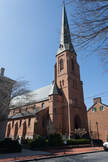 Many Americans celebrate All Saints’ Day, typically by attending special church services. It only seems fitting here in Frederick to do so as our town’s Protestant Episcopal congregation has shared the name of “All Saints” (All Saints’ Church) since the towns founding back in the mid-1700s. And yes, this group’s original house of worship, complete with burying ground, gave rise to the street name located adjacent their former property along Carroll Creek. Let's get back to National Cremation Day, shall we? It finds itself following the American tradition of Halloween, celebrated the day/night before (November 1st) on October 31st. Of course, this unofficial holiday has been heavily commercialized with candy and costumes, and for some reason keeps many people as far away from cemeteries as possible because of the unfounded narrative of creepiness. On the other hand, November 2nd is All Soul’s Day, an open invitation to visit burial grounds. Also called The Commemoration of All the Faithful Departed, All Souls’ Day is a day of prayer and remembrance for the faithful departed and observed by certain Christian denominations on this date since the 10th century. Through prayer, intercessions, alms and visits to cemeteries, people commemorate the poor souls in purgatory and gain them indulgences. Now that we know the significance of the date, what is the true significance and purpose of National Cremation Day? This was my thought a few years ago as I read articles about its creation. The main purpose given is simply to point out the fact that the practice of cremation has revolutionized the funeral and burial industry over the last few decades. Nationally, cremation has overtaken burials for the past six years, but Maryland has lagged slightly behind, according to data from the National Funeral Directors Association. In 2020, the association showed cremation rivaling traditional burial at a rate of 50%. The Cremation Association of North America (CANA) reported the cremation rate has grown more than 100 percent over the past eighteen years, from 25 percent in 2000 to almost 53 percent today. In some states, the rate now exceeds 70 percent. A bit of online searching showed me that Japan leads the world at 100% cremation of its residents with several neighboring Asian countries close behind. India is at 75%. On the other hand, the country of Romania has a 1% cremation rate. Here at home, Nevada leads the United States at 81%, followed by Maine (80.2%) and Oregon (79.5%). What’s behind these dramatic changes? Is this simply a factor of people breaking with family and faith traditions of the past? Or, is it a result of economics and the transitory nature of Americans? Most analysts say it’s due to three major reasons: the high cost of traditional funerals; the growing secularization of Americans; and the increased interest in green end-of-life solutions. The recession of the late 2000s certainly contributed to change as cremation had always been seen as a cheaper alternative to traditional burial. Add to this the fact that casket prices rose over 230 percent from December 1986 - September 2017 according to the National Funeral Directors Association (NFDA). An urn, is an economic alternative, but in many cases, families opt for the minimum of placing the provided container/box from the funeral home/crematory within mausoleum niches and small plastic vaults required for traditional burial of cremains. Like the casket, it will be unseen into perpetuity unless you choose a glass-front niche. The NFDA also indicate that fewer Americans today are looking to include a religious component in their end-of-life planning. A couple of decades ago, about 95% of Americans reported belonging to a religious group. Today, it’s more like 75%. And fewer Americans are actively religious. According to some studies, the percentage of “regular churchgoers” may now be as low as 15%. Religious tradition and services had centered on traditional burial for centuries in western culture. Breaking with tradition is a brave thing to do for some.  Based on its nature, cremation certainly creates a quandary with “the Green movement” because of emissions. Just as there is green burial, there is a new “green cremation” technology called Alkaline Hydrolysis, or “Aquamation.” It is legal in 21 states (including Maryland) for humans, but from what I read, nowhere in Maryland is set up for this yet. This process does not require incineration, but instead emulates what happens in nature, where water and time helps to decompose the deceased. But instead of requiring decades, the process takes around 3-4 hours. As you can see, cremation has certainly impacted the industry. In the same vein, it has also uniquely changed the way public grieving and memorialization is conducted by giving more options that are not time-constrained. If anything else, the decision to cremate generally allows time for the family to make decisions about a memorial service and plans for a final resting place if this hasn’t occurred already. Individuals may not have to make immediate travel plans to the scene of burial as was always the case with immediate burial within days after death. However, the suspension, or pushing back, of closure could bring its own issues, but this is a conversation best led by a grief counselor or licensed psychologist. 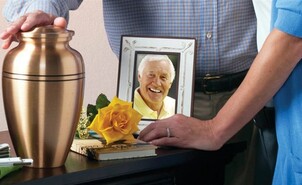 We here in the cemetery business are seeing an issue of people getting over their grief, but sometimes not acting in a timely or responsible manner in carrying out the decedent’s orders by putting them in a proper resting place. More on that in a bit. From personal experience, I have lost both parents. My father was buried in traditional manner and we had two wakes and a full funeral service in the three days after his passing. My mother was cremated upon her passing, and my brothers (living in Orlando and Brooklyn respectively) and I hosted a memorial service six months later. My folks had different approaches toward their end-of-life planning and I look back at both services being comforting send-offs. The lasting thing for my siblings and I is knowing that we carried out our divorced parents final wishes on how, and where, their mortal remains would be placed and memorialized. My father is buried in his hometown of Delaware City, Delaware, only feet from his parents and grandparents and other relatives in a small-town burying ground. It’s located across the street from his boyhood home, currently the house of his brother, last living member of Dad’s immediate family. My mother lived her final decades outside of Shepherdstown, WV. One of her biggest loves of her life was her church, St. Agnes Catholic Church, where she was an ordained altar-server. In the mid-2010s, the Shepherdstown church announced plans to build a columbarium on their grounds and she shared this news, and her desire to be placed here, with me. I accompanied her on a few trips to observe the construction, and she was always excited to show me her outdoor niche. However, I never would have thought that we would be placing her there only a year and a half after its completion. Cemeteries are for the living they say—responsible for providing a dignified place for those buried within its grounds. They are to be a comforting place for visitors, and places of contemplation and reverence. One of my oft repeated lines to history lecture and walking tour participants is this. They say you die two deaths. The first is the obvious failure of the human body and shutdown of the vital organs and brain. The second (death) is the true death blow, and that involves people not saying your name anymore, or visiting your grave, or remembering that you walked the earth. That’s why I like visiting cemeteries, and writing/telling these stories about those buried, and inurned, here at Mount Olivet. I recently came across a blog by a lady named Katie Thornton that gave me reason for pause. In her article entitled “Why Cemeteries Tell us More About the Living Than the Dead,” Ms. Thornton says: ”Most monuments to history are created in a top-down manner. Individuals “earn” (in inverted commas) a place in our mainstream retelling of history through a combination of notable deeds and substantial social privilege. Cemeteries are, in theory, more representative archives; in these spaces, individuals and families are given an opportunity to etch their own names into the annals of history. But in order to write oneself into the cemetery’s archival landscape, one has to be allowed there. Globally and throughout time, people have been (and continue to be) prevented from erecting markers—or excluded entirely from certain cemeteries—based on their inability to pay, or their race, ethnicity, class, religion, gender, sexuality, and illness/disability. So, while cemeteries may be more egalitarian archives, they are archives no less. As such, they bear many of the shortcomings and conspicuous vacancies of more formal repositories of history, like museums and monuments.”  Today, all individuals are welcome to be interred and memorialized here in Mount Olivet Cemetery. Now we are operating as a business, so there are costs involved. But the opportunity exists. I’ve also seen where those costs have influenced some people to cut corners, or in some cases, not carry through plans made by the decedent. This could be due to financial hardship, but sadly in some cases it is because of laziness and in yet other very unfortunate cases, family fighting or greed is to blame. Existing rifts, coupled with the potential for financial gain through estate inheritance can do terrible things to some families. This time of year, many a home will be decorated with holiday stockings hanging from a proverbial mantel and recent phenomenon of “elves on shelves.” But there are plenty of homes where Santa must use specific care upon recovery from chimney drops (with bags of toys) as not to disturb loved ones in the form of cremains placed on mantels and shelves. Now, I don’t mean to offend, as I understand that the grieving process requires this in some cases with certain individuals and no judgement here. However, I do get a little “weird-ed out” by people that say they have no better place to store Aunt Betty, or will get to finding her a better place at some point later in the future. And what if that point doesn’t come? Will people move urns of cremains around from home to home like kid sports trophies and childhood trinkets? What happens if Grandpa Herb is dropped, lost, or forgotten when his cremains got stuffed in a plastic storage bin with old college books and childhood baseball card collections? I can hear some people laughing, or simply saying, what’s the difference in the bigger picture. Well, I simply ask not what you would think if these ashes were yours, (because you may not care) but what about the decedent? What were their thoughts and wishes about final resting place, memorialization and level of reverence? To each their own, but I don’t want my ashes tossed about like a football or packed away and unpacked on several moves. Eventually this could lead to somebody down the line throwing me in a dumpster, or dropping me on a city street. Again personal choice, but remember I come from this from the context of having a career based on celebrating and remembering those no longer with us. I strive to keep people from experiencing that poetic, second realm of death-dom of simply being forgotten forever. Four years ago, we were approached by our good friends at Stauffer Funeral Home with a conundrum. We were told of a situation they had on their hands involving "orphaned cremains." They had a closet-full of packaged cremains and urns that had not yet been claimed, most dating back decades. This included multiple individuals, all well labeled, but possessing no eternal home and final resting place. As I just said, these cremains (people/loved ones) had simply never been retrieved for proper inurnment, burial or mantel placement, if anything else. Stauffer did not accumulate these remains on their “business watch” as these were inherited through their acquisition of the former Robert E. Dailey & Son Funeral Home. Stauffer felt a profound obligation to find a proper “final home,” and reached out to us for help. A solution came into view with the idea of purchasing a communal crypt space in our main chapel mausoleum. Stauffer purchased a location, and provided a casket to house 61 individual cremains. This exercise allowed us to record each of these individuals for posterity in our interment books, giving them a permanent resting place in a reverent and respectful manner. I was really impressed by this gesture by Stauffer, finding a tasteful solution to a problem that had been on the table (literally and figuratively) for years. Soon after, Keeney & Basford Funeral Home would follow suit by also purchasing a cryptspace in our mausoleum for their “orphaned cremains.” When our Superintendent was creating interment cards and entering these individuals in our books back in 2018, I randomly picked one of the names and decided to conduct some biographical research work. The name I pulled was that of Marion Louise MacPhail. Unlike my usual hunts to learn about those possessing memorial “stones” in the cemetery, these people have no physical monuments built to them, or plaques showing their names. Moreso, I wondered why no one had picked them up from the funeral home? Even in the earlier days of Mount Olivet, we had an area called “Strangers Row,” where unknown or destitute visitors to town or individuals were buried. This had to be done, as there was no other recourse to humanely deal with a corpse at a time predating cremation. Sometimes, family members, friends and acquaintances would never know the whereabouts of an individual—especially if they were “estranged.” This situation with orphaned cremains sort of reminded me of that situation, but I’m sure factors of procrastination, laziness, destitution, and family dysfunction could have also played a role in abandoning these cremains.  Marion L. MacPhail She’s now coded as burial #39663 in our Mount Olivet records system, and the box that holds her cremains simply includes her name and a cremation number given by Cedar Hill Cemetery in Washington, DC, where the process was conducted. Marion Louise MacPhail was 83 years old at the time of her death in November, 1980 and that's all we knew upon receiving her cremains from Stauffer Funeral Home. Imagine my surprise when, with a simple Google search, I learned that this box contained the mortal remains of the woman whose name is synonymous with an annual award given to Hood College students since the early 1970s! THE MARION MACPHAIL PRIZE is awarded to a senior major in Spanish who is not a native Spanish speaker and has not lived in a Spanish-speaking country for more than three months prior to entering Hood College. This award is given in recognition of proficiency in the Spanish language. My heart sunk as I said to myself, how could a collegiate-award namesake have her ashes left in a closet for decades? Now this wasn’t Hood College’s fault, and perhaps there is no one to blame, but I wanted to learn more about this interesting lady and her life once lived. Born on March 22nd, 1897 in New York City, Professor MacPhail was the daughter of Malcolm Russell MacPhail (1864-1941) and wife Janet Louise (Woodburn) MacPhail (1868-1945), both immigrants of Canada who moved to Brooklyn, New York around 1890. Marion had one brother, Walter Russell (1902-1971), and spent her childhood years in New York where her father worked in banking. I learned from Malcolm MacPhail’s obituary (published in 1941) that the family moved to Charlotte, North Carolina in 1914. From here, Marion would be readily prepared for her future with higher learning. She attended Agnes Scott College in Decatur, GA, followed by a return to New York City to obtain her Master’s degree from Columbia University. Additional studies took her abroad to the University of Madrid in Spain, the University of Grenoble in France, and the Middlebury School of Languages in Middlebury, VT. The first mention of Marion L. MacPhail in Frederick, MD came with a listing of new faculty members for Hood College for the fall semester of 1926. She is listed as an Assistant Professor of French. This began a career that would span 40 years over the next four decades. She would retire as associate professor emerita of modern languages in 1966. Over this span, she taught Spanish as well. I found her living on Dill Avenue with the family of John Grove in the 1930 US census. A decade later she would reside on Elm Street. Both locations made for an easy commute to her day job. She seemed to spend many holidays and early summers going home to North Carolina. Here are a couple articles found in the local papers that give a hint to Miss MacPhail's activities as an educator that took her out of the classroom to give students special learning experiences. I reached out to my friend Mary Atwell, Archivist and Collections Development Librarian for Hood College for some assistance. She sent me some images of Miss MacPhail from Hood yearbooks and also a questionnaire for the school's Publicity Department filled out in 1943 which shed more light on this learned lady’s educational credentials among confirmation of vital information I had already gleaned. I found plenty of mentions of Marion in the local newspapers of yesteryear. Most were faculty listings and school-related activities as you would imagine. One of the earliest included news of her return from a summer break trip to France and Spain. Her students would be enriched by her tales of travel and everyday use of the languages she taught them. Professor MacPhail also educated the community with programs presented to area civic clubs, illustrated with photographs taken abroad. Marion would never marry, but was always surrounded by youthful spirits in the form of the “Good Girls” from Hood. I also came across a mention that at least one summer (1950) she spent as a housemother for a camp in North Carolina. Here are a few more articles found in Frederick papers and images from Hood yearbooks. It appears that Miss MacPhail was extremely active in a group called the American Association of University Women, and was a member of the Frederick chapter. She held many positions including president, treasurer, membership chair and served as a delegate to national conferences. Lastly, I found a few other tidbits on Miss Marion in the paper from her testimonial for the Knights of the Round Table motion picture starring Richard Burton, to an unfortunate hit and run fender bender a few blocks from school a few days before Christmas (my first I might add). Professor MacPhail retired in 1966, and continued involvement in local Frederick activities and assisting the school that provided her with a career of 40 years. Interestingly, her replacement was Miss Charlotte Moran, who too, was a former graduate of Middlebury College in Vermont like her predecessor. Marion Louise MacPhail would die in 1980, on the month that translates to “nine” on its 15th day. Ironically, I vividly remember what I was doing the previous month of October (1980) as a seventh grader. My Philadelphia Phillies won their first ever World Series. Arrangements and a memorial service were handled by Robert E. Dailey & Sons Funeral Home, once located on N. Market Street, now home to the New York New York Hair Salon and Day Spa. The burial was said to be private, but as we can see, it never occurred. Interestingly, Marion L. MacPhail’s name, birth and death dates appear on a ground level cemetery marker in Charlotte, North Carolina’s Forest Lawn West Cemetery. You can also call up her memorial page on Findagrave.com. Was there a service there, just without the “guest of honor?” So what happened? Or better yet, what didn’t happen? We may never know. She was the last of her immediate family. I just wonder if Marion desired to be buried in North Carolina, or if it was an assumption planned by her parents, but never followed through? Is she truly “Home for the Holidays?” As a language teacher, fluent in the Spanish language, and well-versed in the customs of Mexico like “The Day of the Dead,” perhaps we can get the answers by communing with Marion next November 1st—or 2nd. At least she is not in a file drawer or storage closet. I do want to share the names of those in the Stauffer “Orphaned Cremains” crypt at the end of this story. I noted a few physicians within the group, and feature the obit of one of them here named Dr. Gilbert Max Schucht who seems to have had an interesting background. I'm sure all are special in their own way, just like the 41,000 others interred here within "Frederick's Other City" as they used to call Mount Olivet. I will say that we have been able to remove a few cremains from the Stauffer crypt in an effort to give homes elsewhere on our grounds. Once such, John Thomas Pitts, was moved a few weeks ago upon the death of his mother. Both were buried next to his father in an old family plot located in area R/Lot 55. (As John Thomas Pitts' cremains were removed from the Stauffer crypt, I was afforded the opportunity (with access to the opened crypt) to photograph Marion MacPhail's cremains for use with this story.) There is another story of "reuniting," while involving the Stauffer crypt inhabitants that I’m more familiar with. This was the case of Harry Edward Allan, Jr., who died in July of 2005. Mr. Allen’s widow, Marie Angelina (Verona) Allen apparently never retrieved her husband from Dailey’s Funeral Home before her death in June of 2020 at the height of Covid-19 quarantine lockdown. She was in a nursing home and as was the case with so many people, communication and visitation opportunities were stifled by safety protocols. The Allens had four sons, two lived in Frederick, while the other two lived in Colorado and New York respectively. Plans now were discussed to take action with a cemetery, however a concrete timeline couldn’t be established because of the pandemic. Of course, Dad fell through the cracks years earlier, well not figuratively as he actually stayed intact throughout the move to Stauffer Funeral Home and storage therein at their location on Opossumtown Pike. The story goes that one of these sons, Robert S. Allen of New York, took the initiative to take action on his father’s cremains as his mother’s would soon be in hand. However, he didn’t know where his father’s cremains were, assuming that his mother had retrieved them at the time of his death in 2005. Robert’s wife, Carolyn, conducted a search for her father-in-law’s mortal remains in late 2018. Her sleuthing eventually led to Stauffer, and ultimately to us in 2019. Plans were made for a double interment of Mr. and Mrs. Allen in our relatively new Cremation Garden feature located in Area TJ. In May of 2021, the cremains of the former husband and wife were given a proper sendoff and placement by the Allen brothers and other family and friends. (Note: since the service, son Harry E. Allen would pass and his cremains have been placed with his parents.) I think its safe to assume that all these orphaned cremains are "home for the holidays." Consider the shelf for elves and other keepsakes, and not human cremains. Thank you Stauffer Funeral Home, Keeney & Basford, and those family members that have the "aha" moment to dignify decedents with reverent resting places. Below is a list of those individuals whose cremains are in the Stauffer Crypt in Mount Olivet's Mausoleum Chapel. (Note: an asterisk marks removals to other parts of the cemetery). Please contact us if you have connection to any of these folks.
|
STORIES
|
Archives
July 2024
June 2024
May 2024
April 2024
March 2024
February 2024
January 2024
December 2023
November 2023
September 2023
August 2023
July 2023
June 2023
May 2023
April 2023
March 2023
February 2023
January 2023
December 2022
November 2022
October 2022
September 2022
August 2022
July 2022
June 2022
May 2022
April 2022
March 2022
February 2022
January 2022
December 2021
November 2021
October 2021
September 2021
August 2021
July 2021
June 2021
May 2021
April 2021
March 2021
February 2021
January 2021
December 2020
November 2020
October 2020
September 2020
August 2020
July 2020
June 2020
May 2020
April 2020
March 2020
February 2020
January 2020
December 2019
November 2019
October 2019
September 2019
August 2019
July 2019
June 2019
May 2019
April 2019
March 2019
February 2019
January 2019
December 2018
November 2018
October 2018
September 2018
August 2018
July 2018
June 2018
May 2018
April 2018
March 2018
February 2018
January 2018
December 2017
November 2017
October 2017
September 2017
August 2017
July 2017
June 2017
May 2017
April 2017
March 2017
February 2017
January 2017
December 2016
November 2016



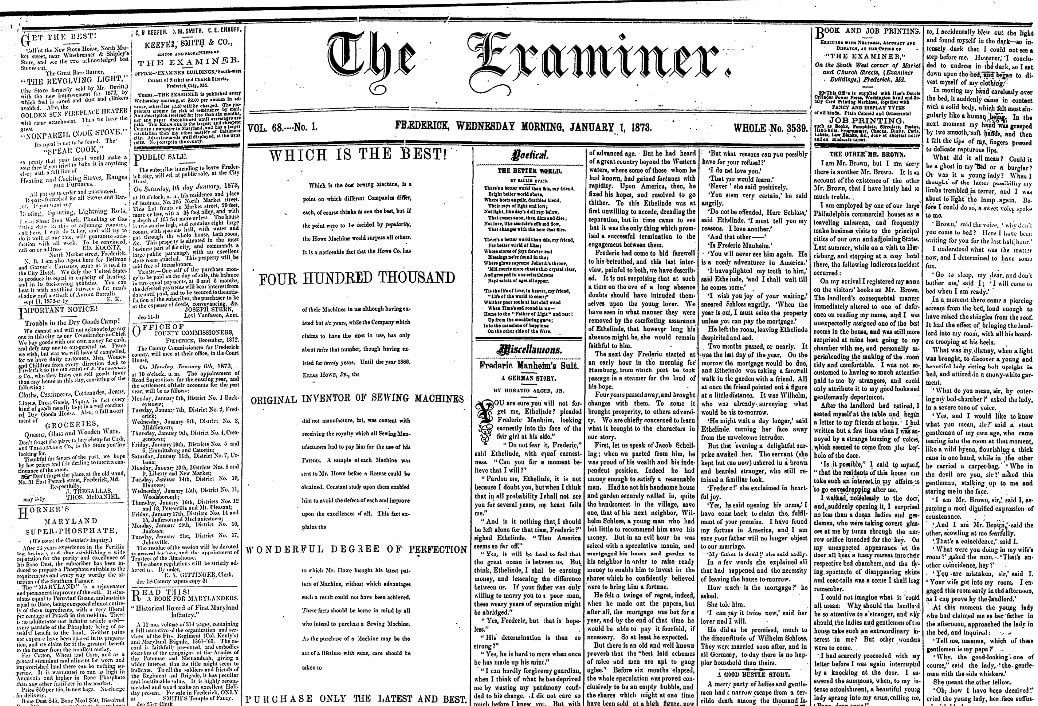

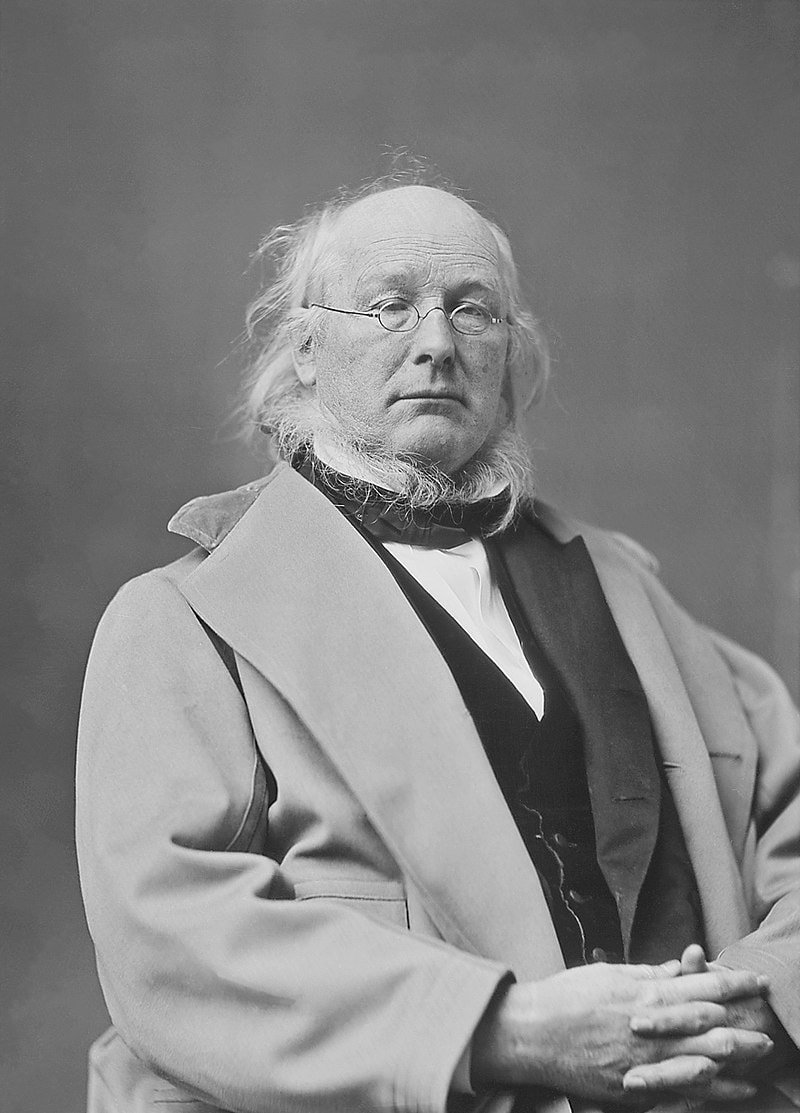



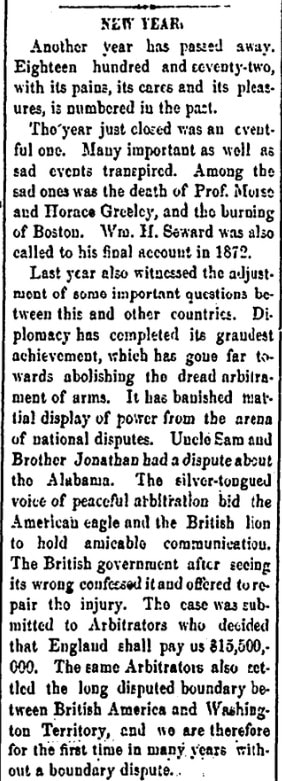










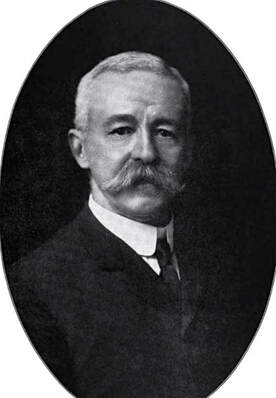

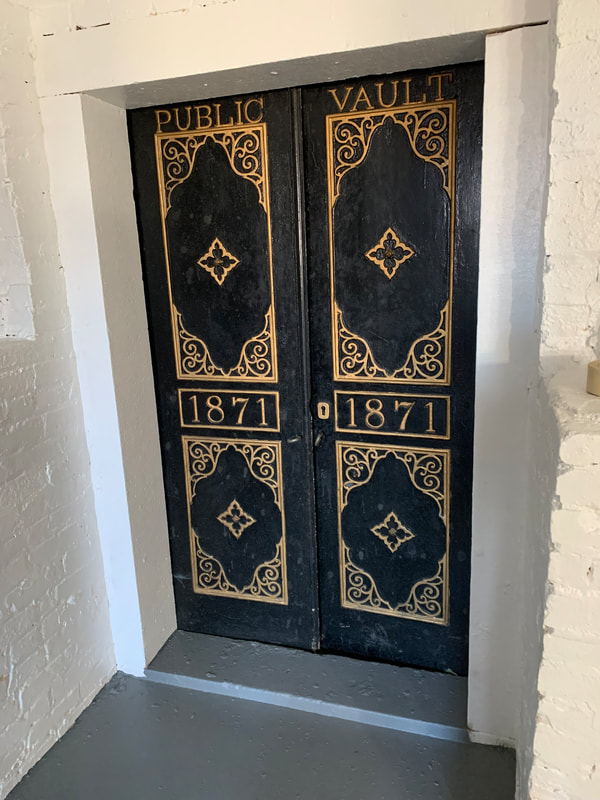











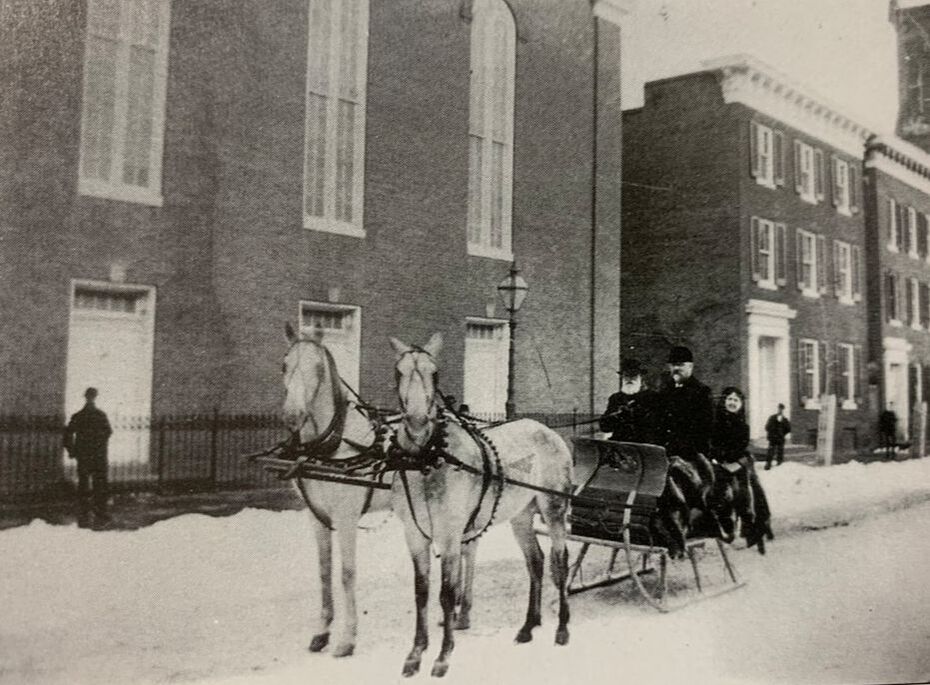



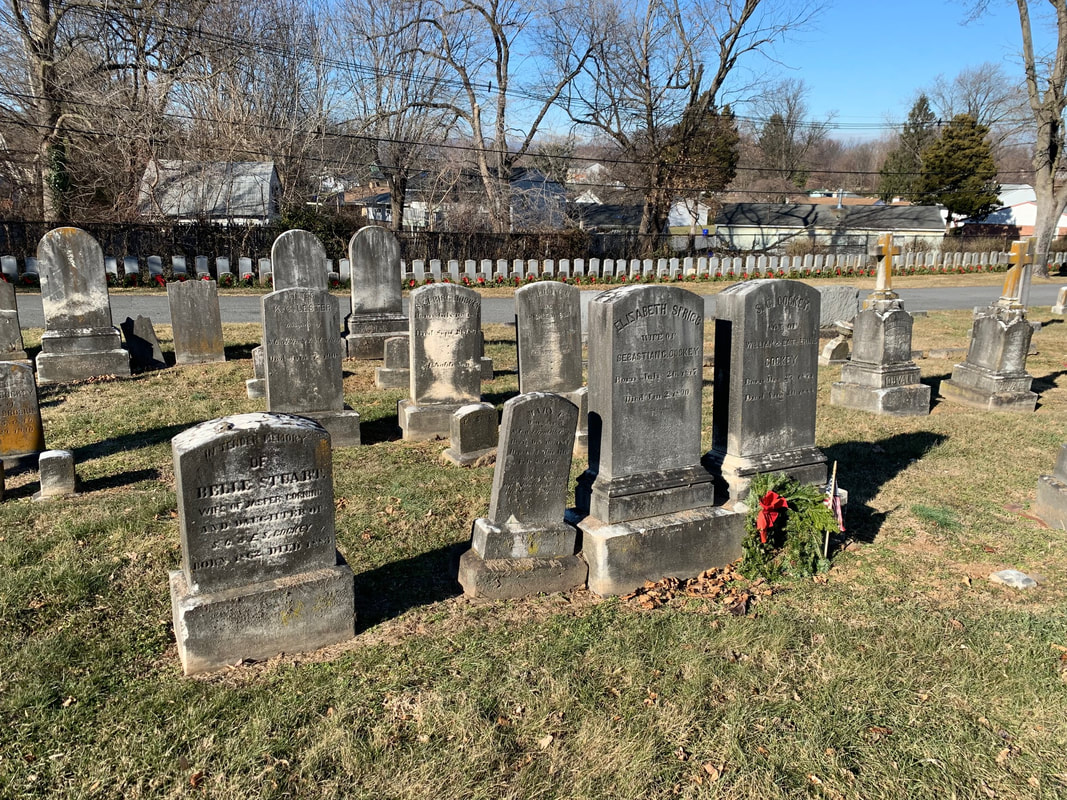
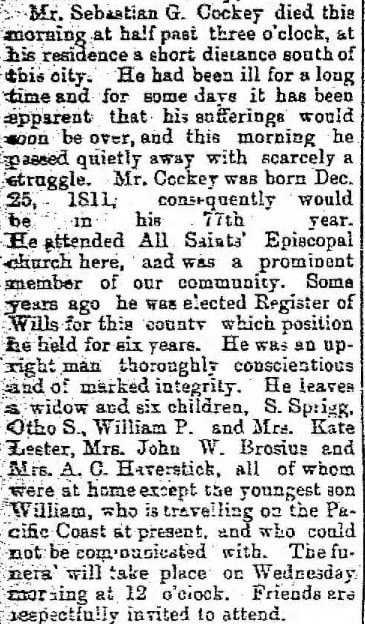






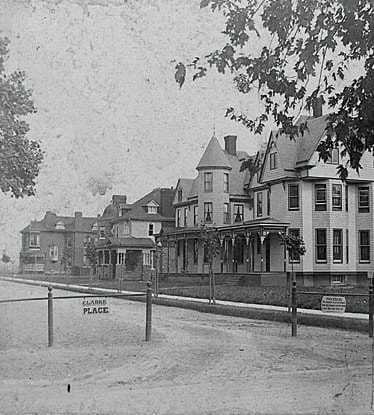

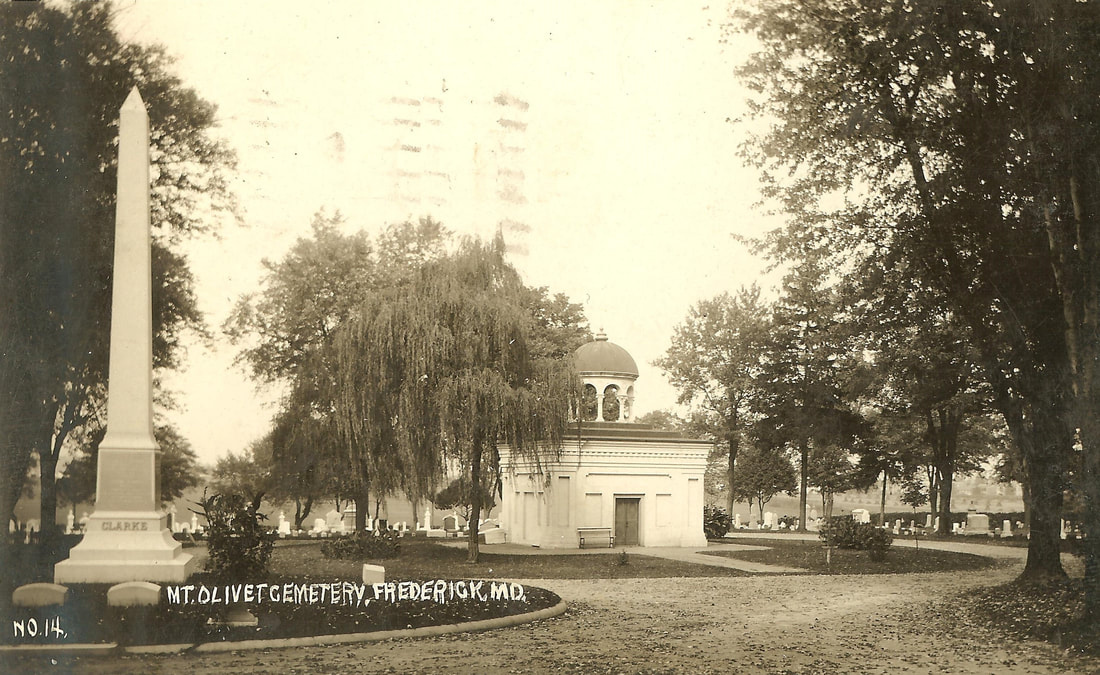

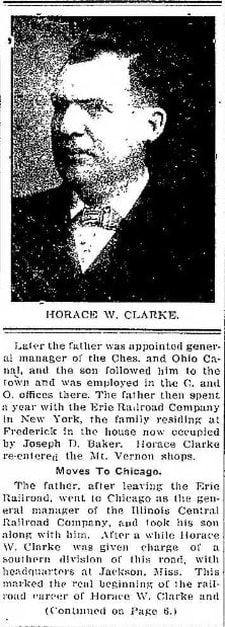






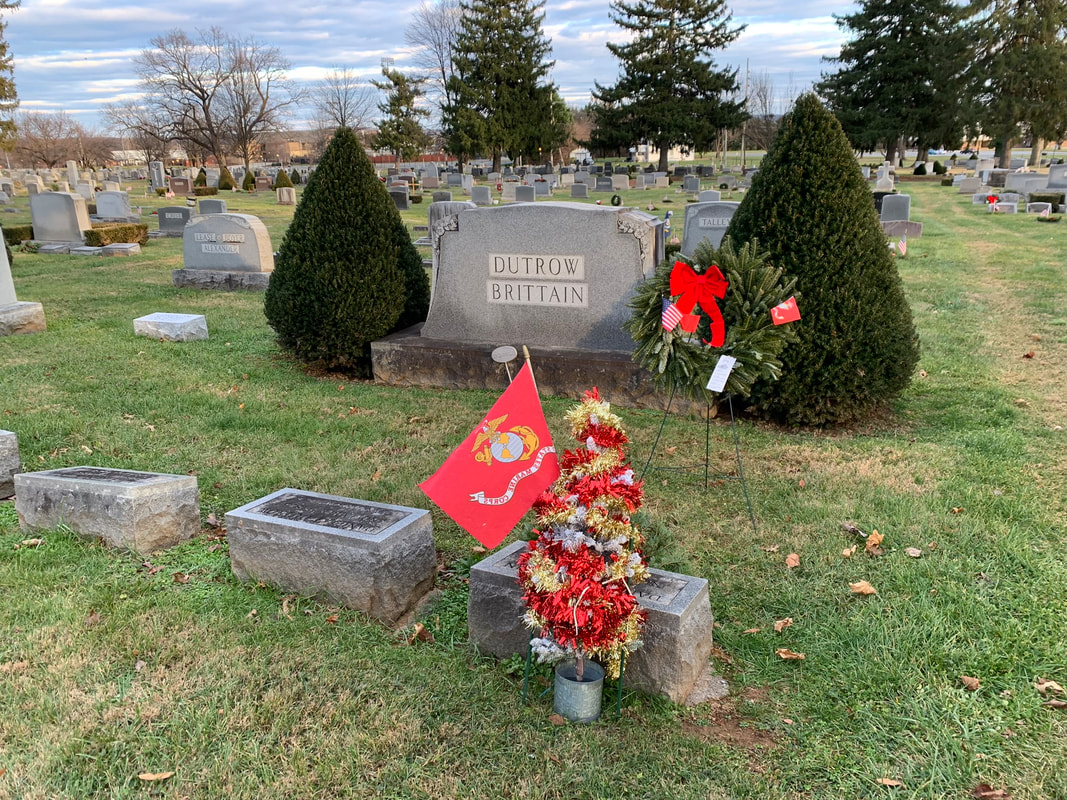




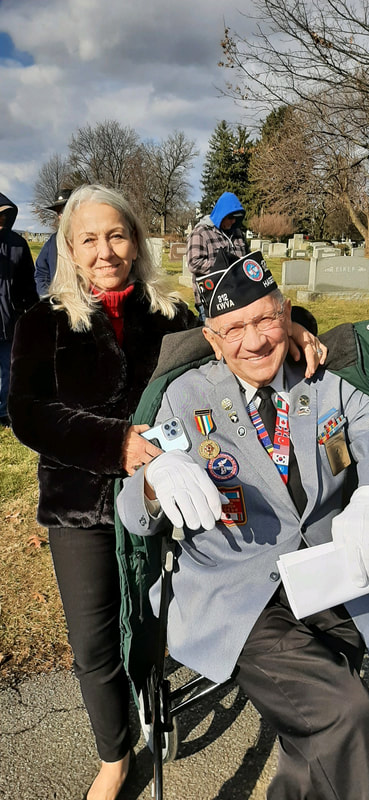



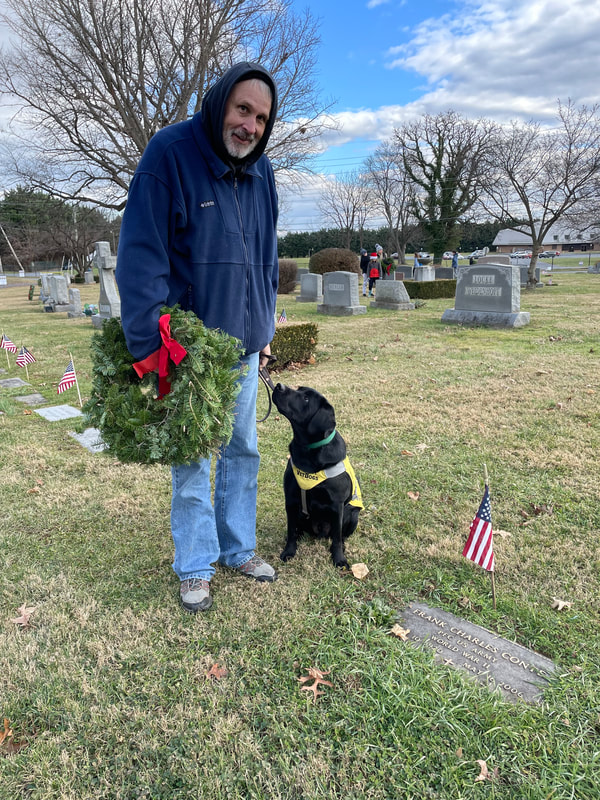





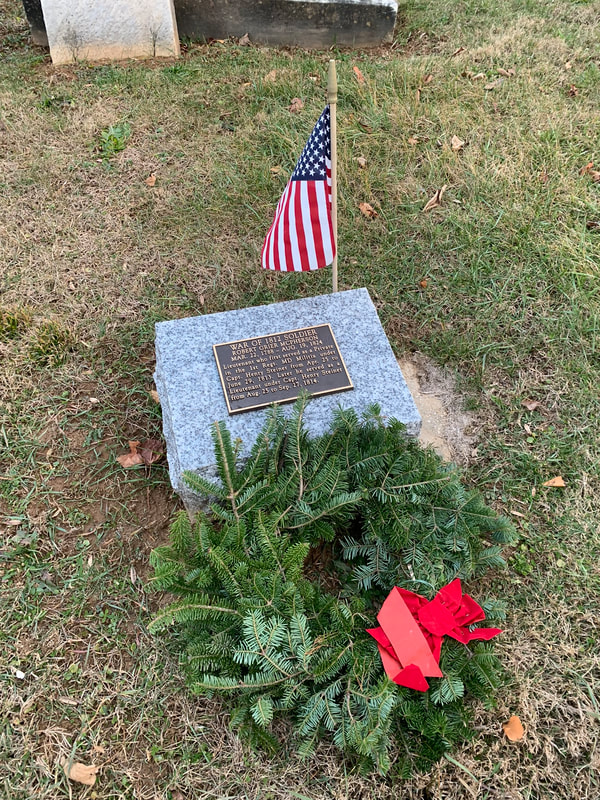




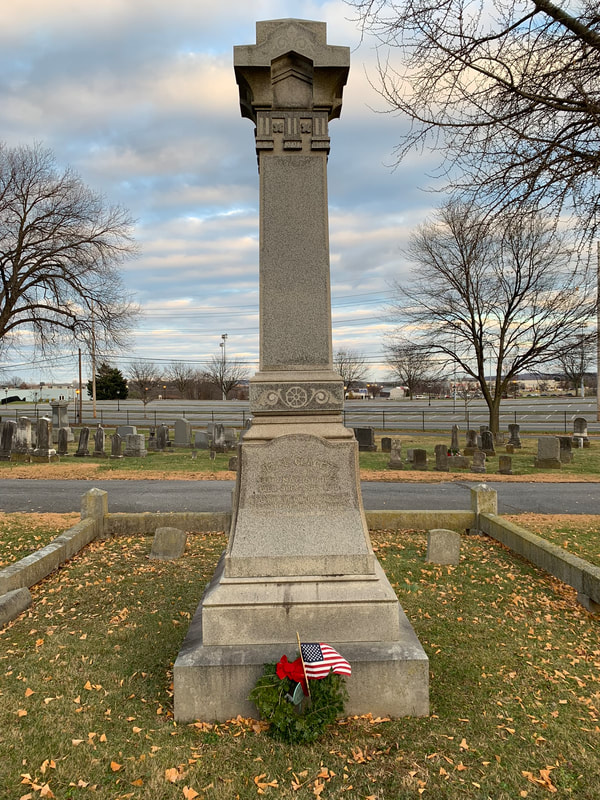



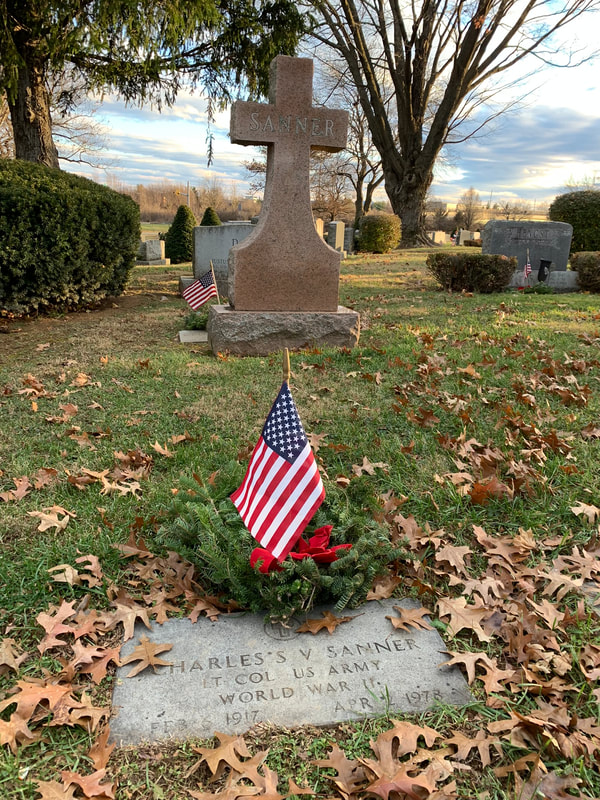


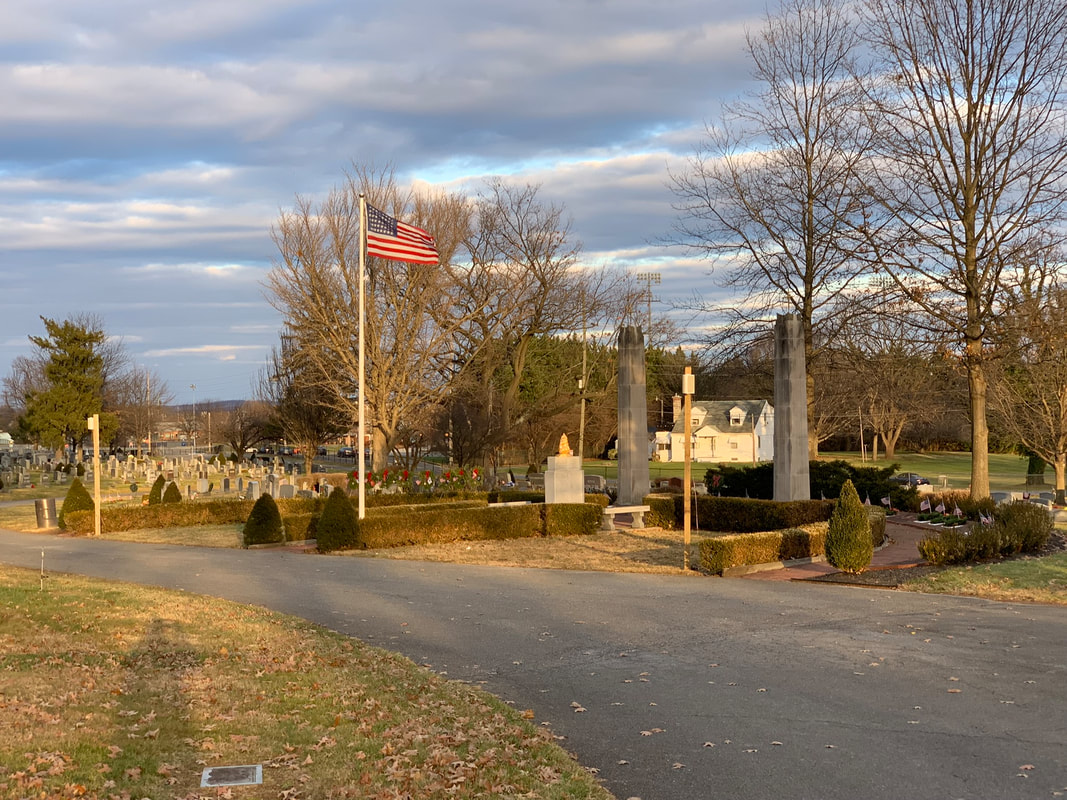



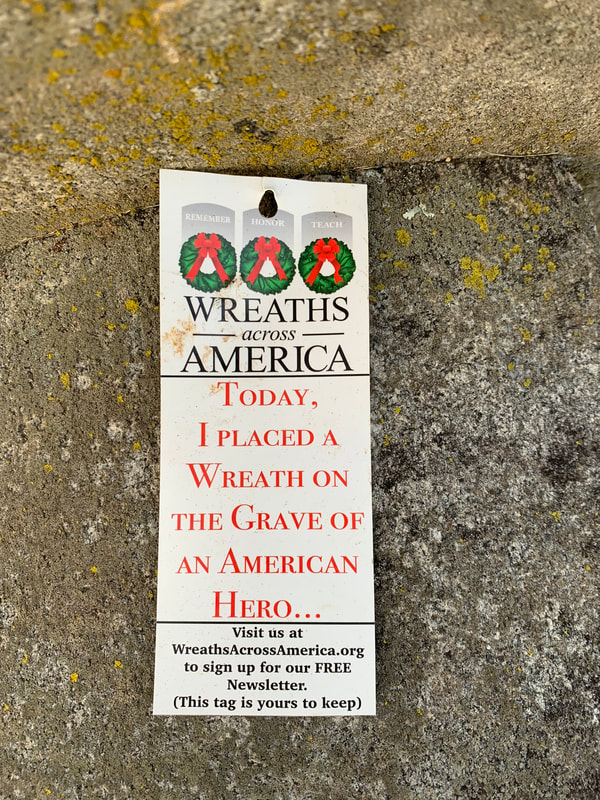



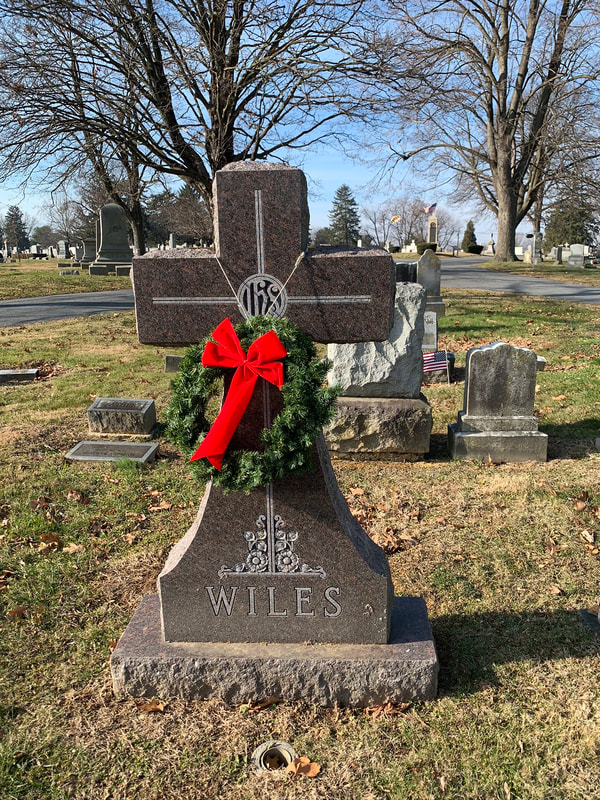





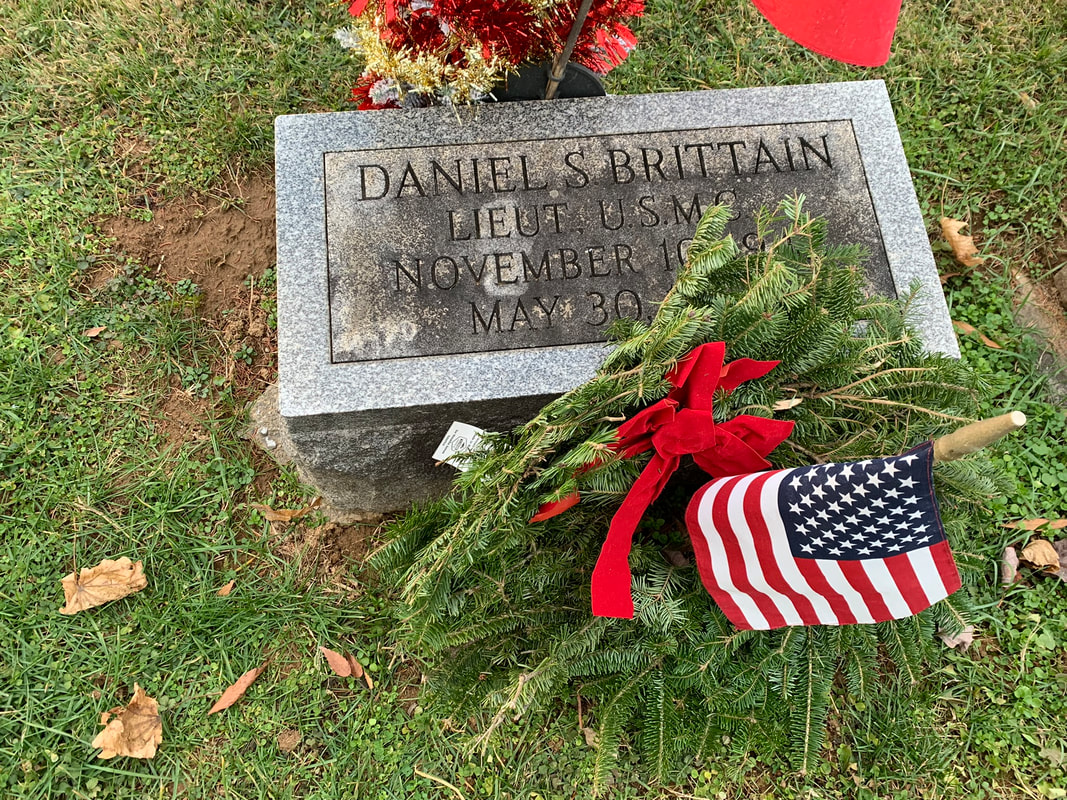





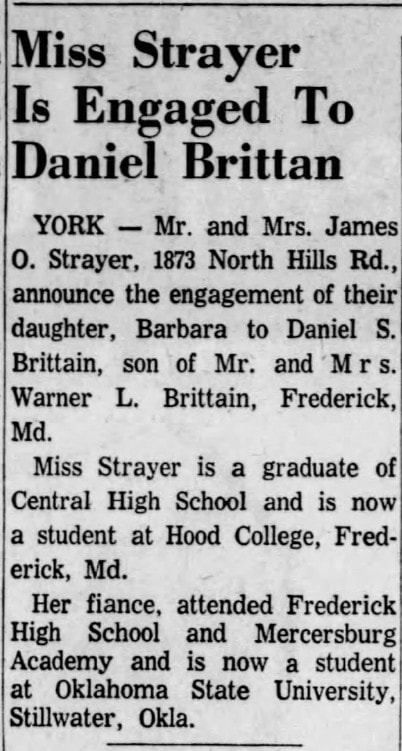

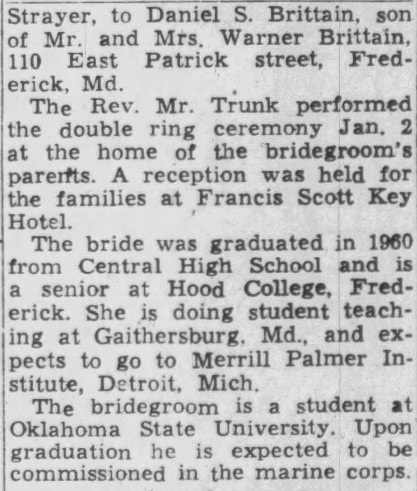









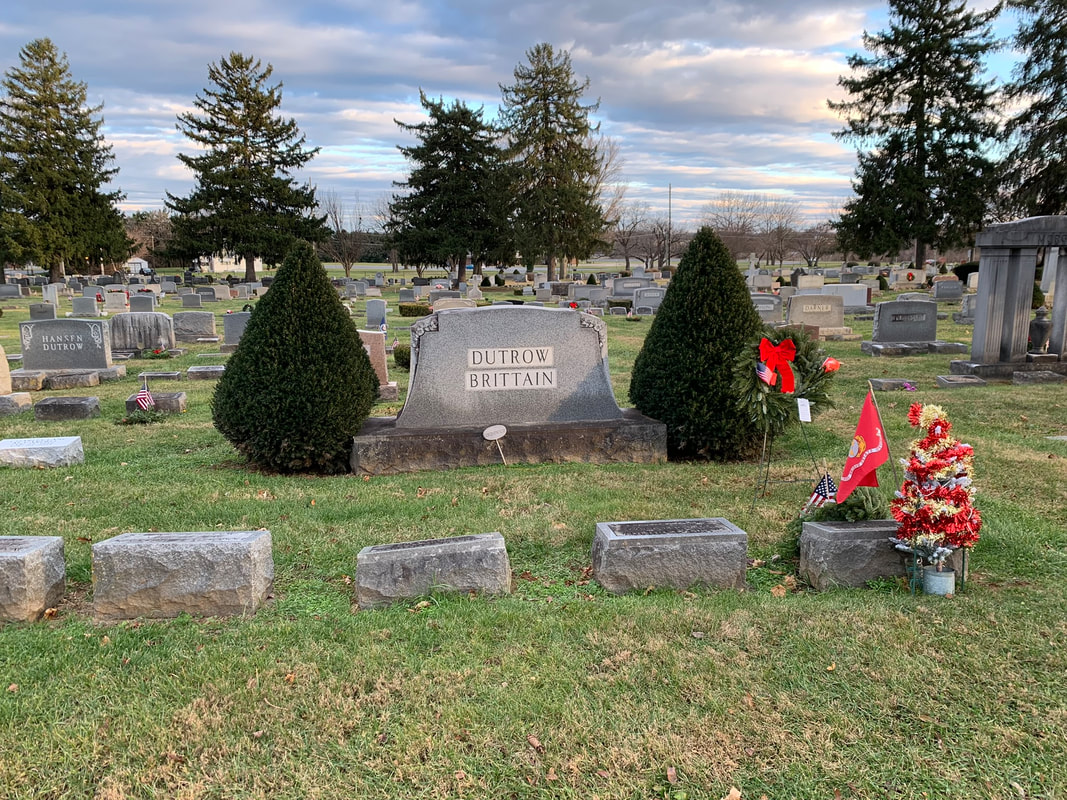

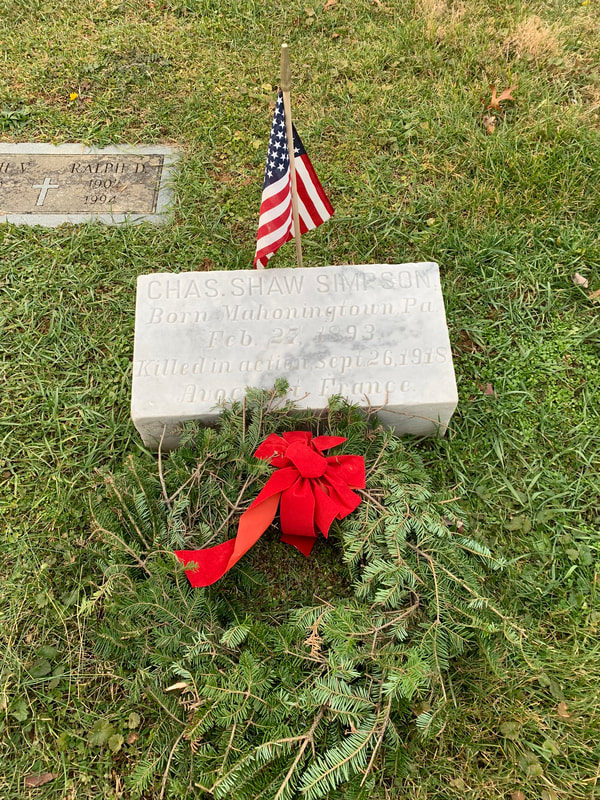


















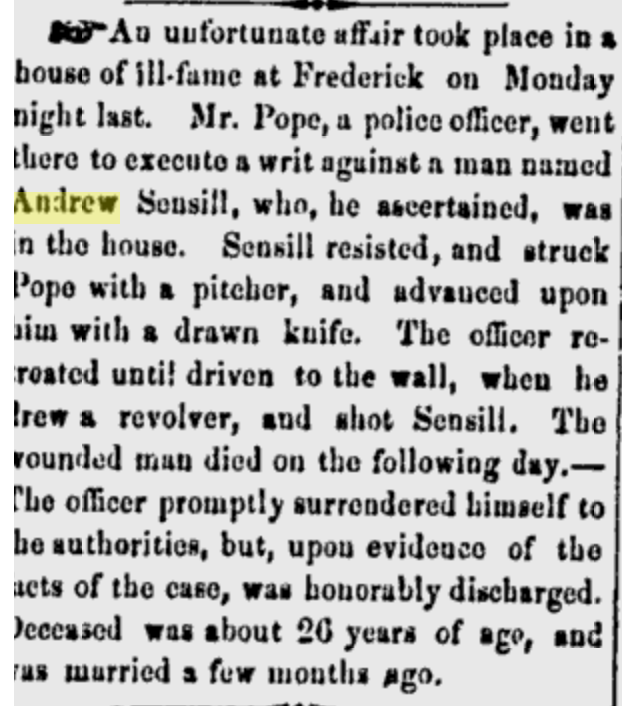











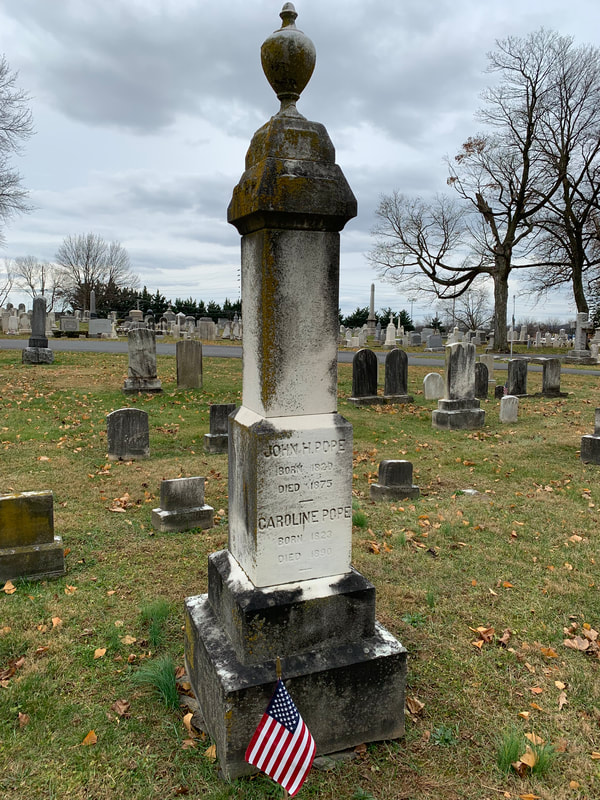













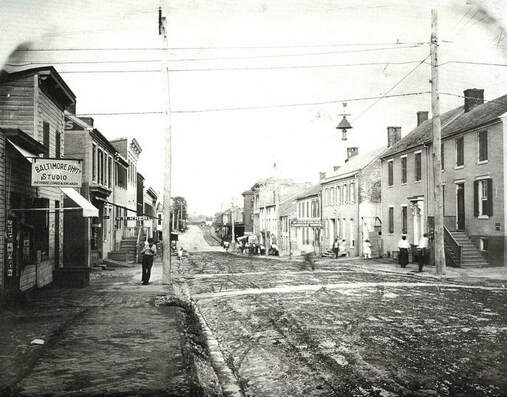














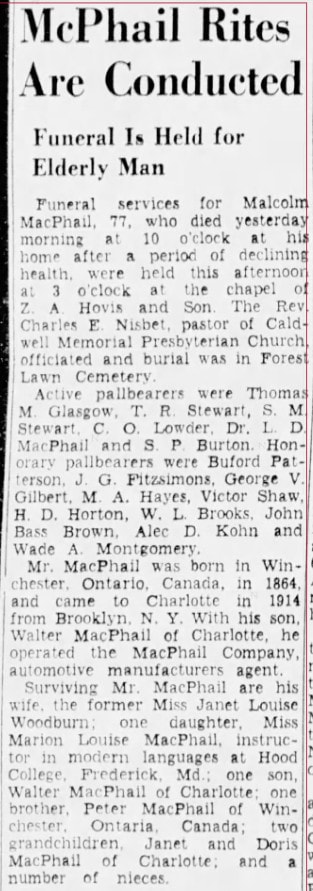

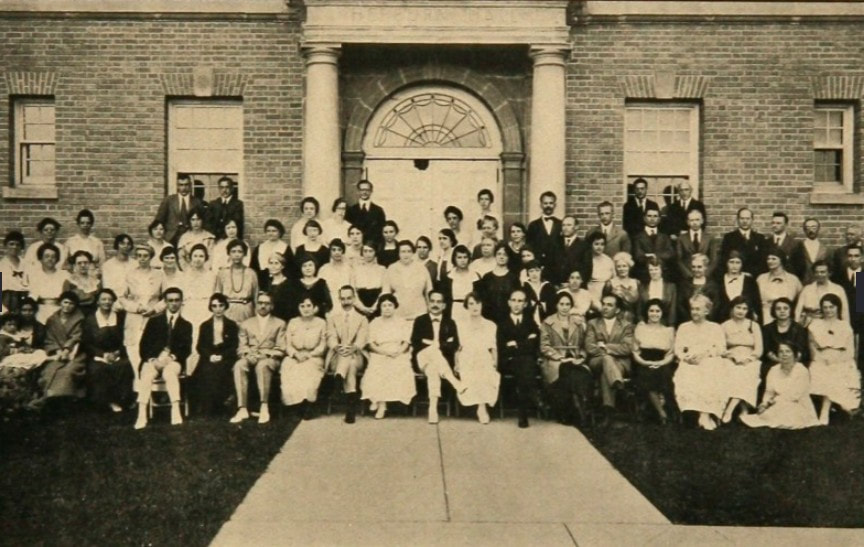











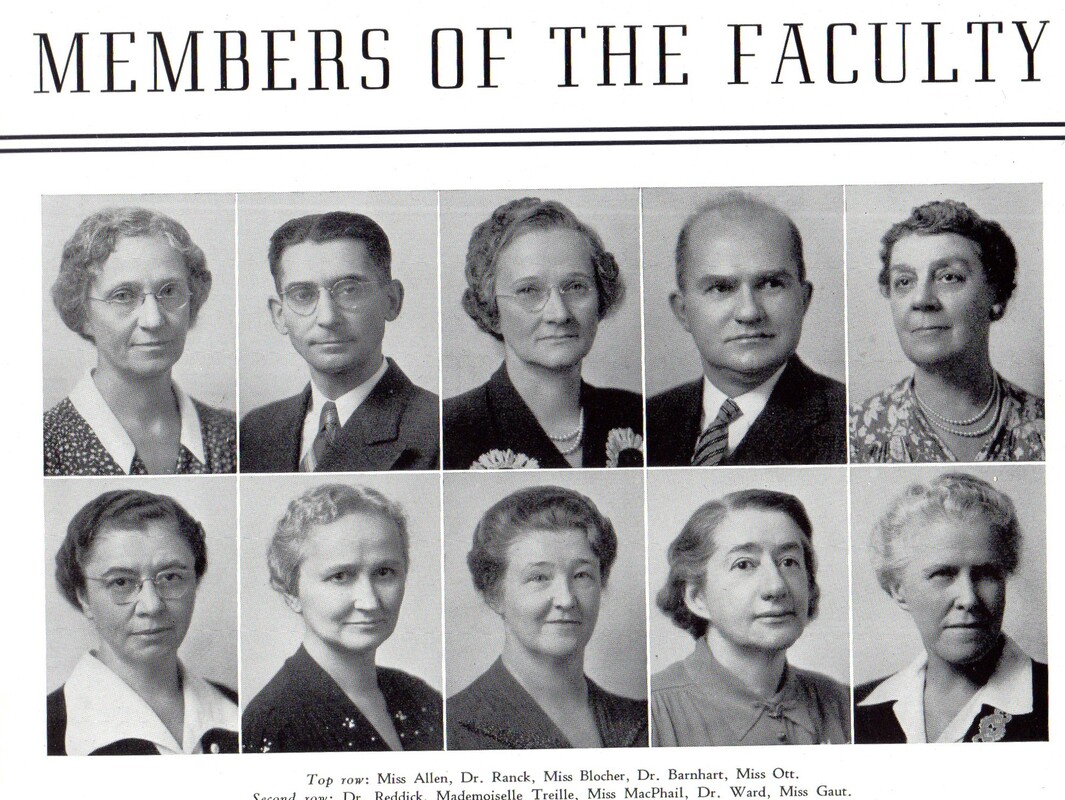

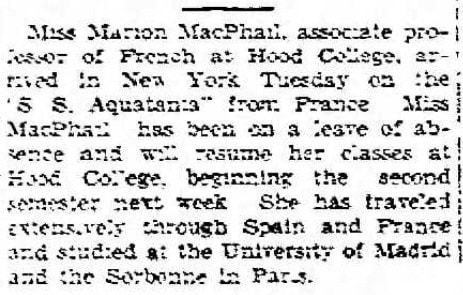


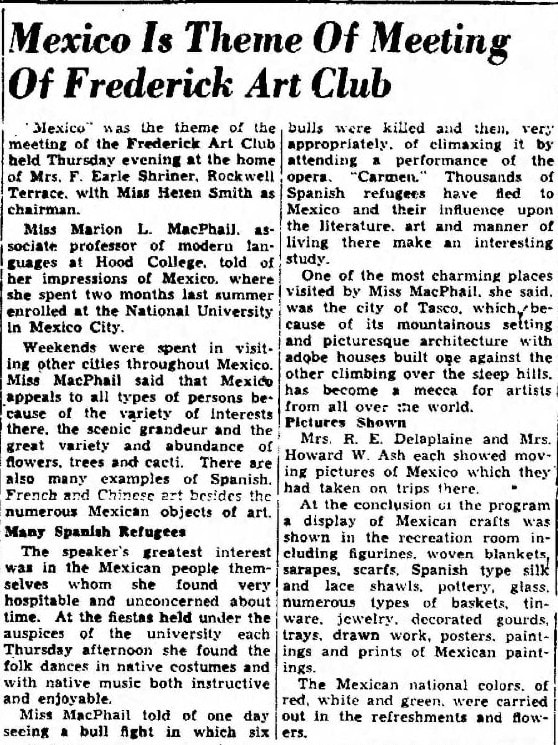

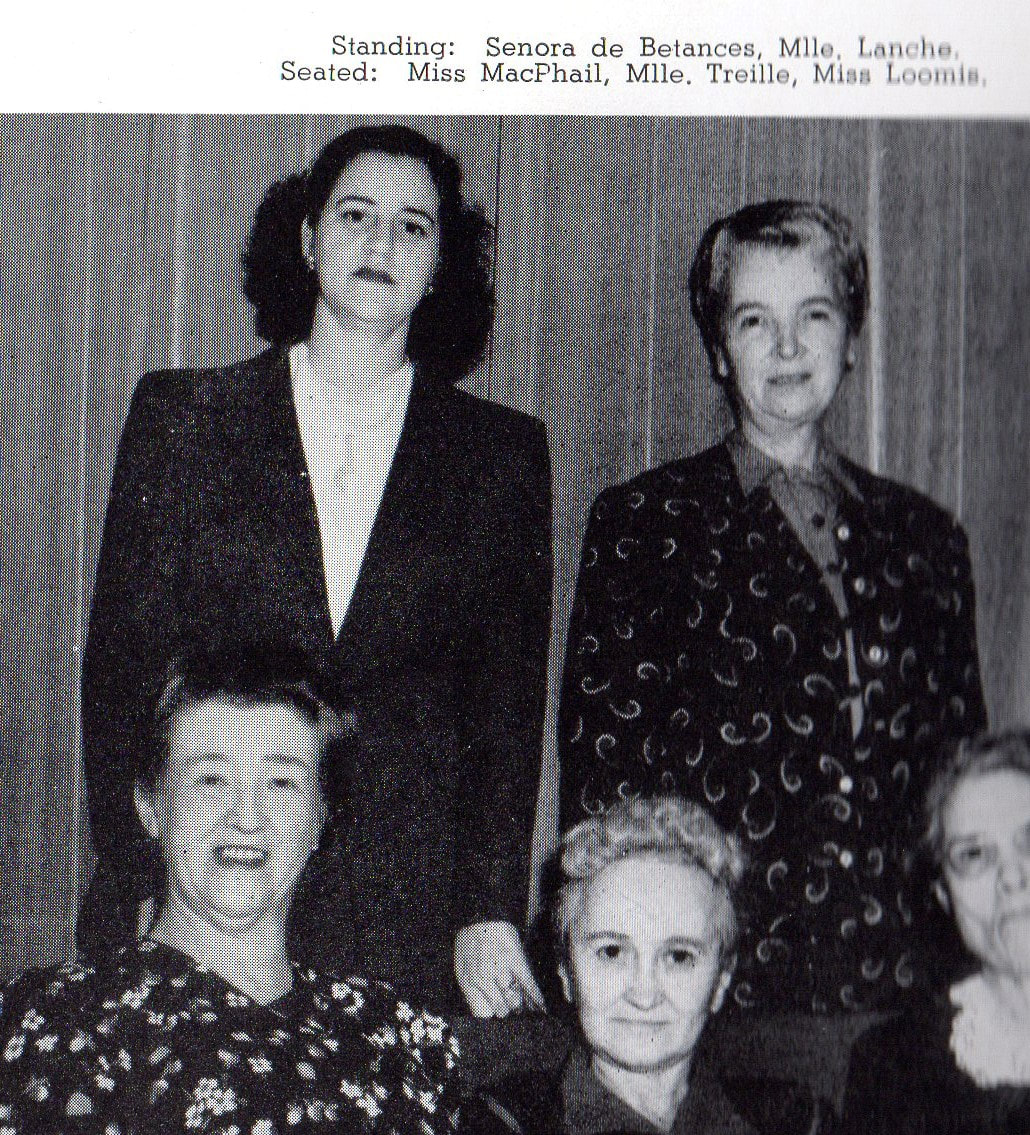






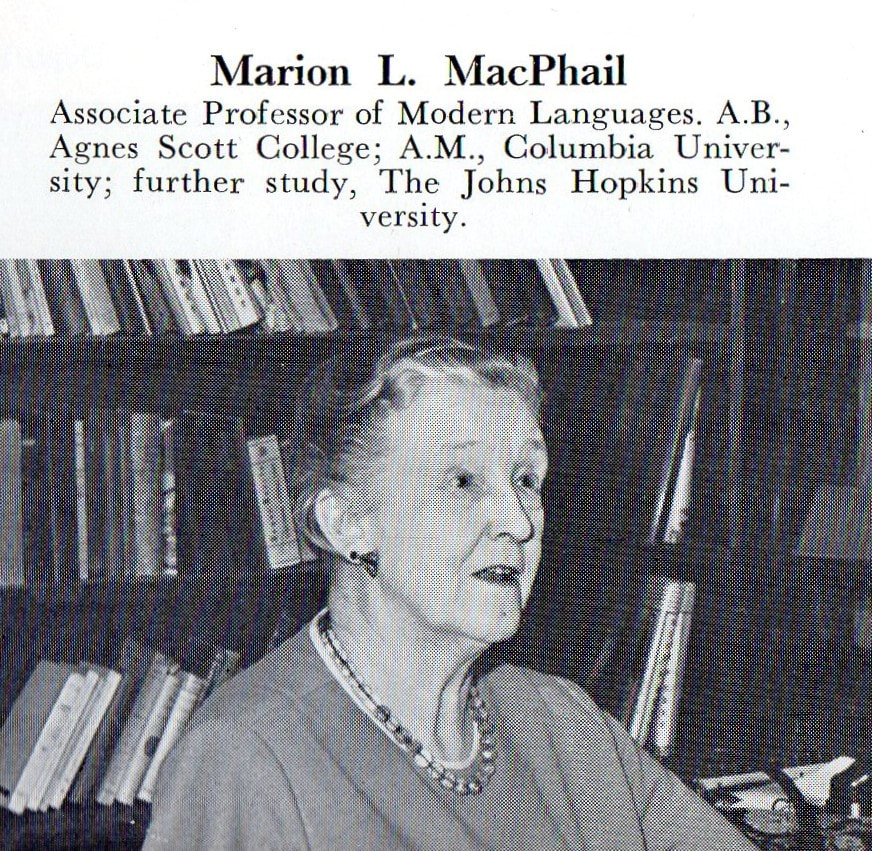


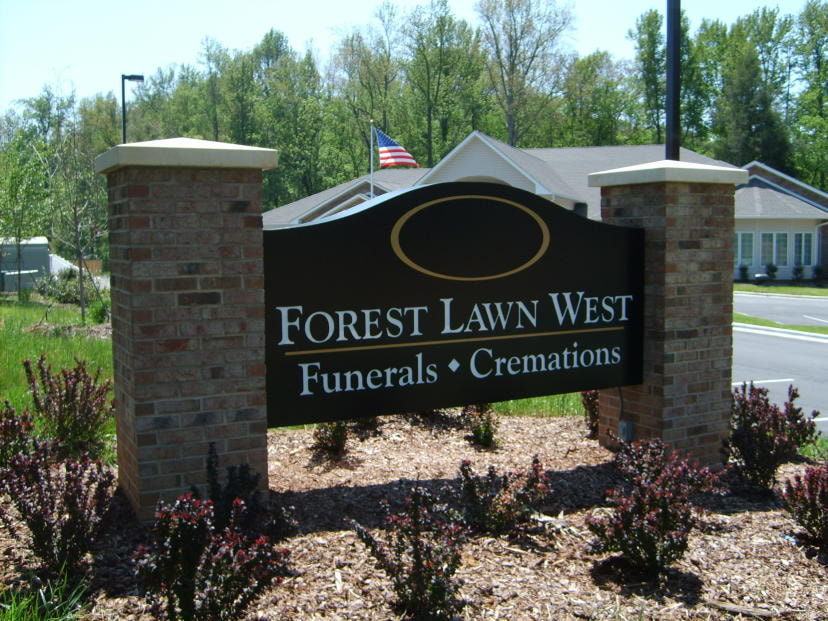


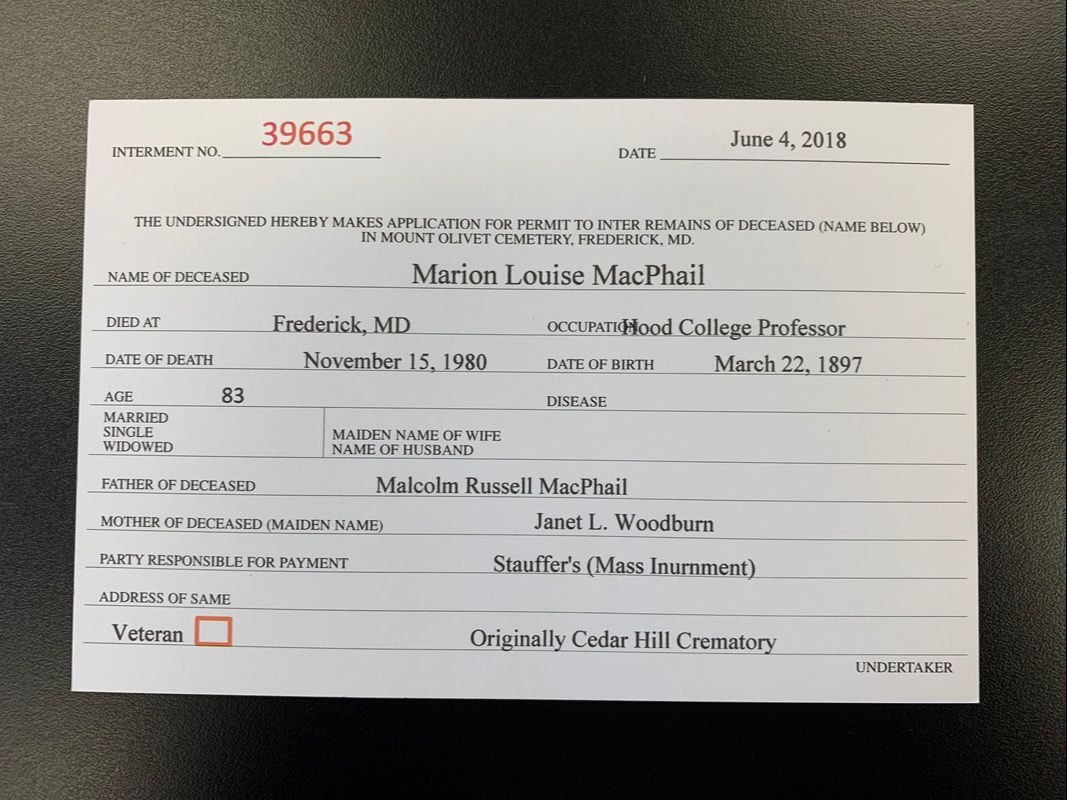


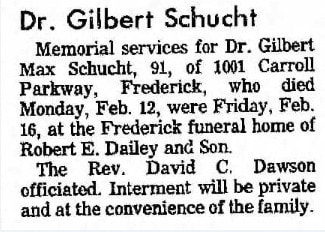
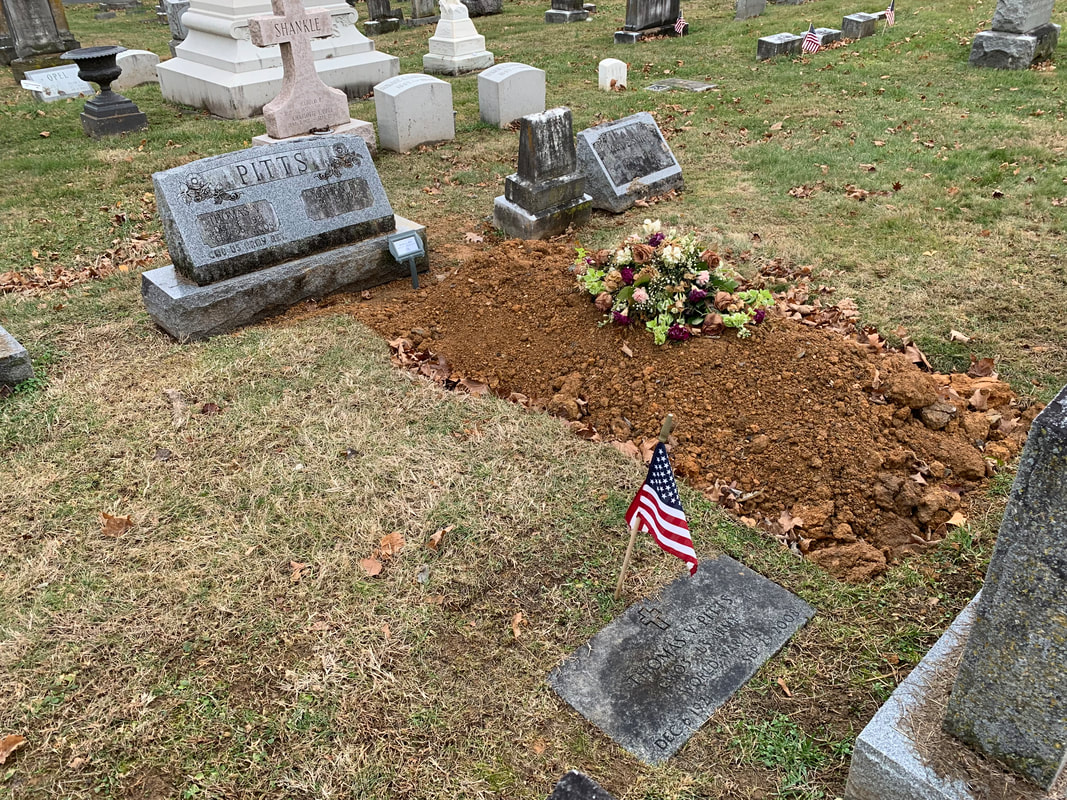


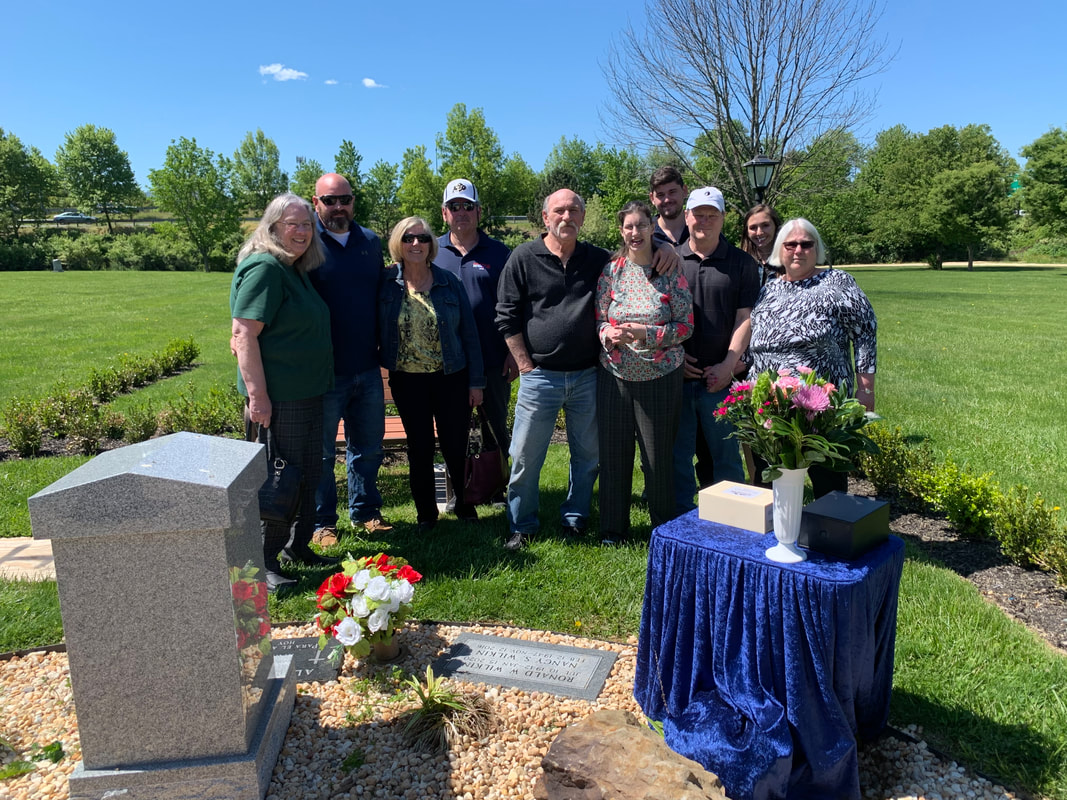
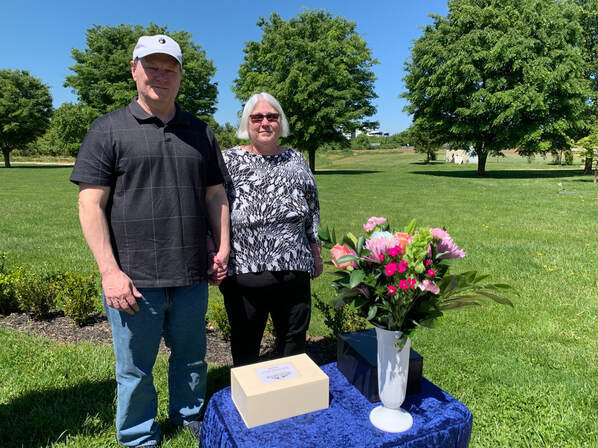






 RSS Feed
RSS Feed